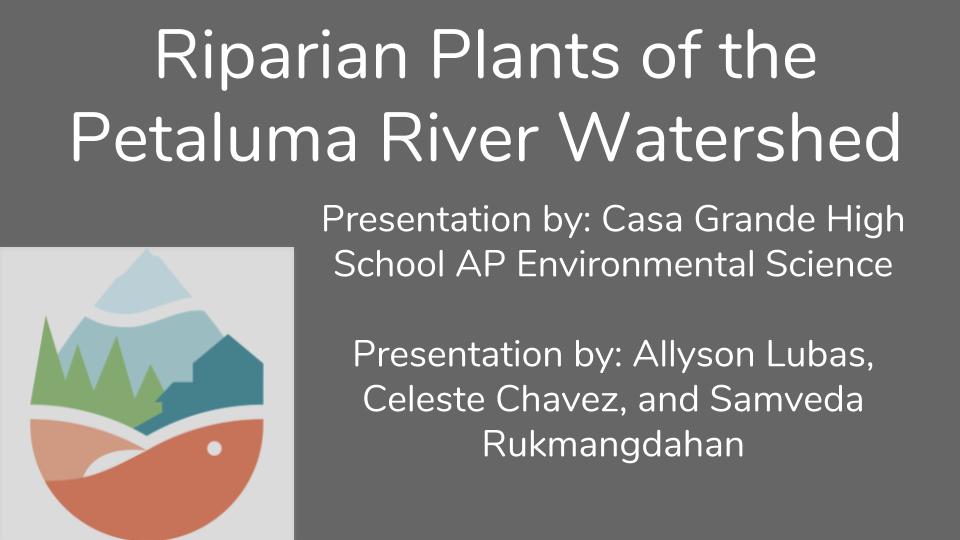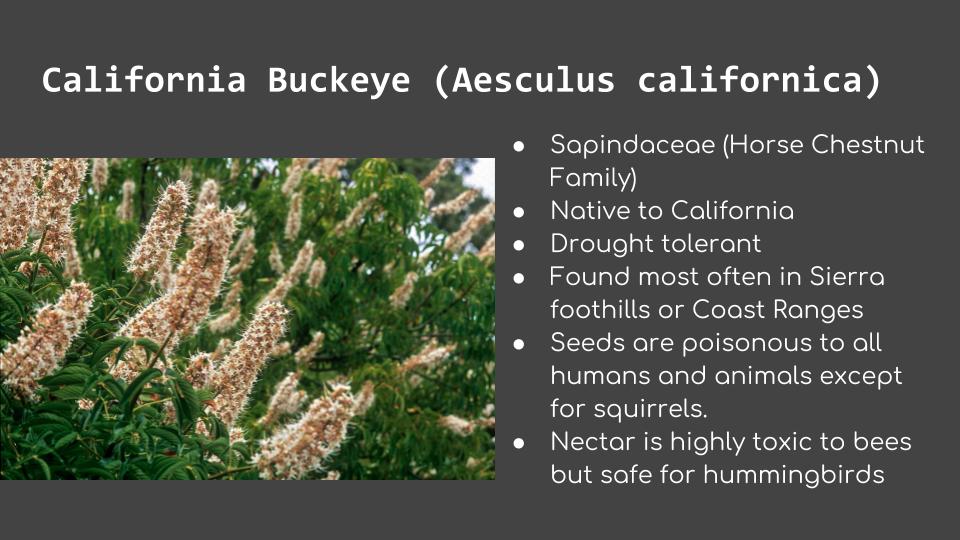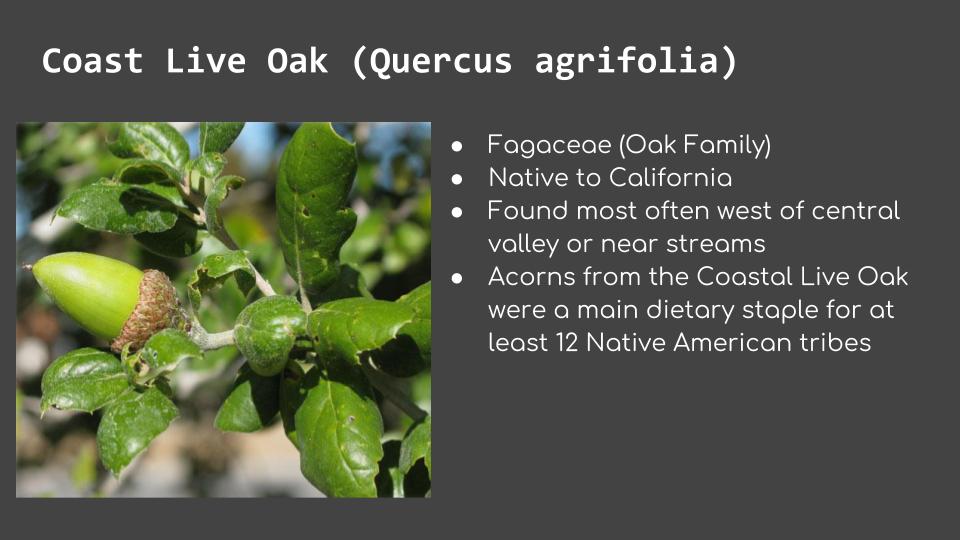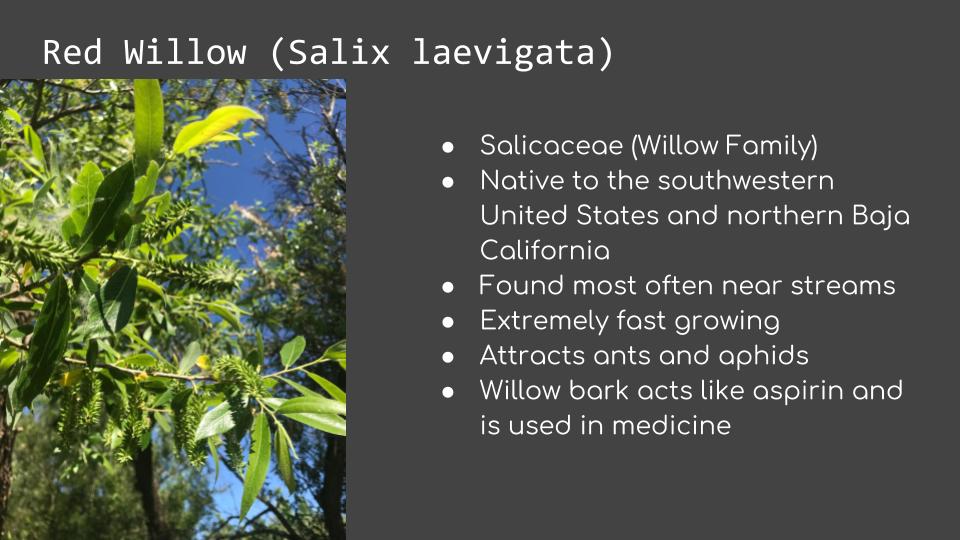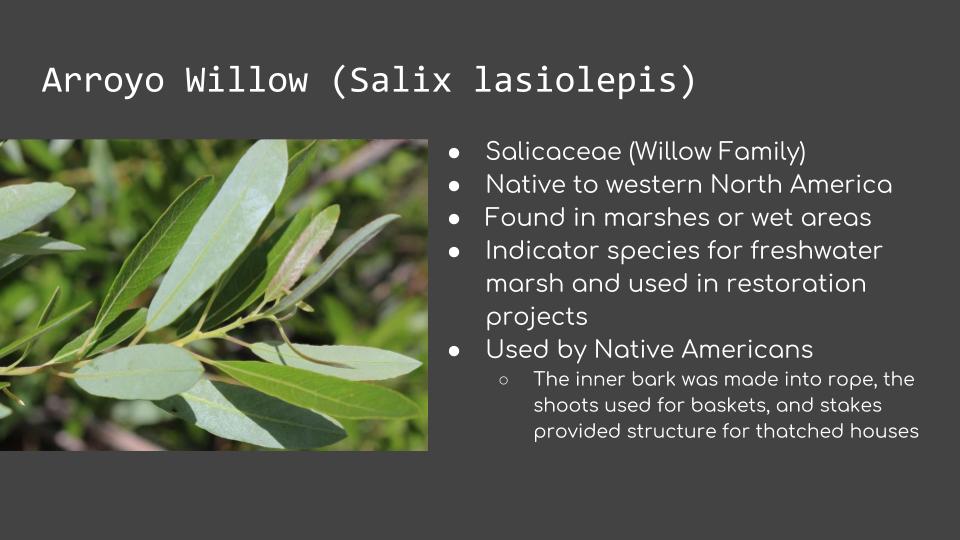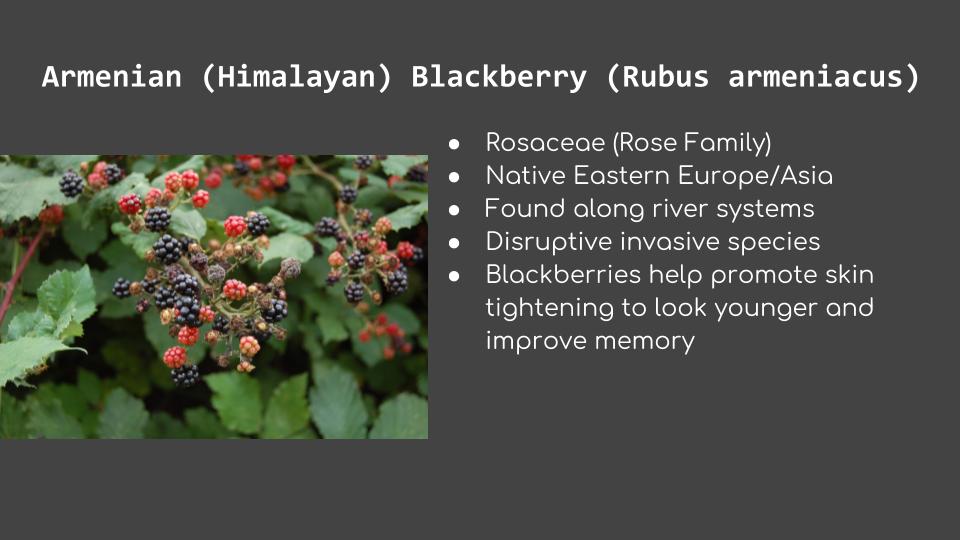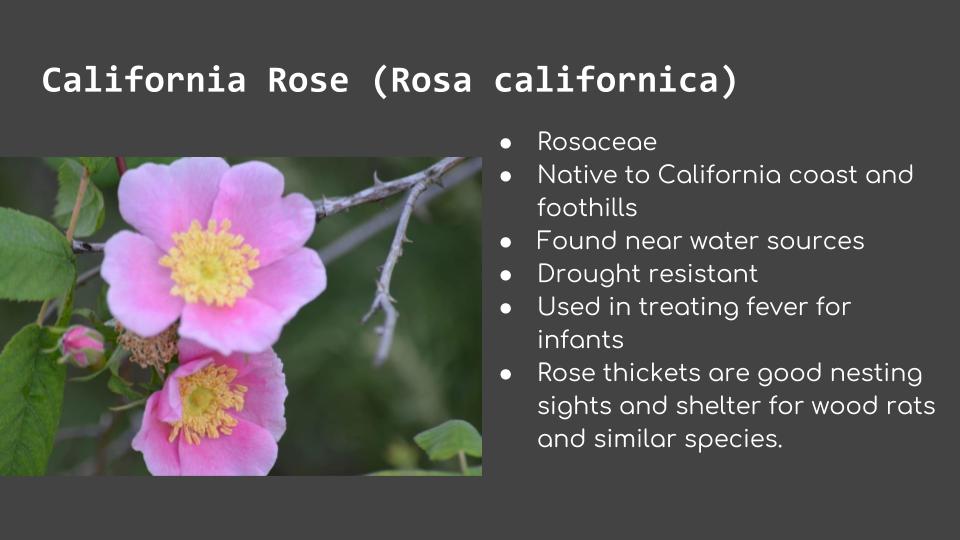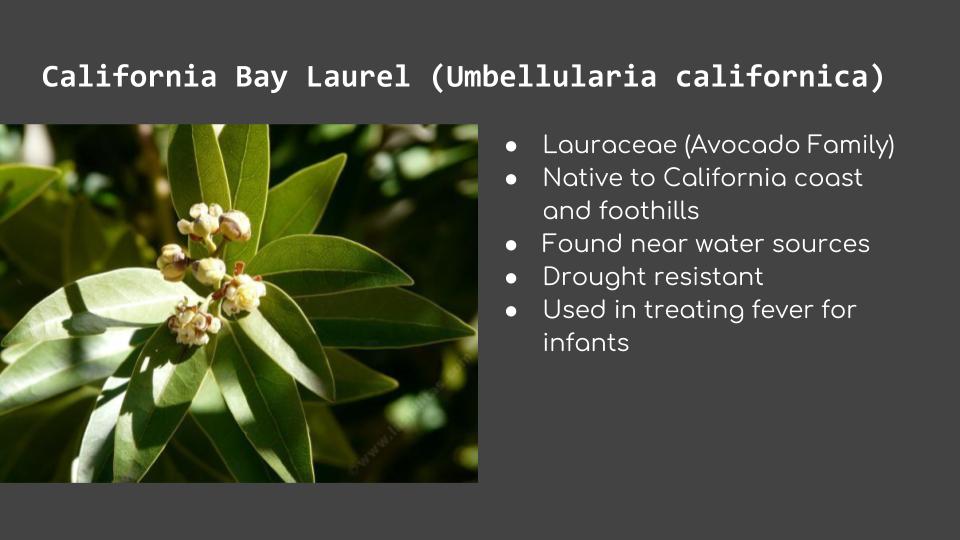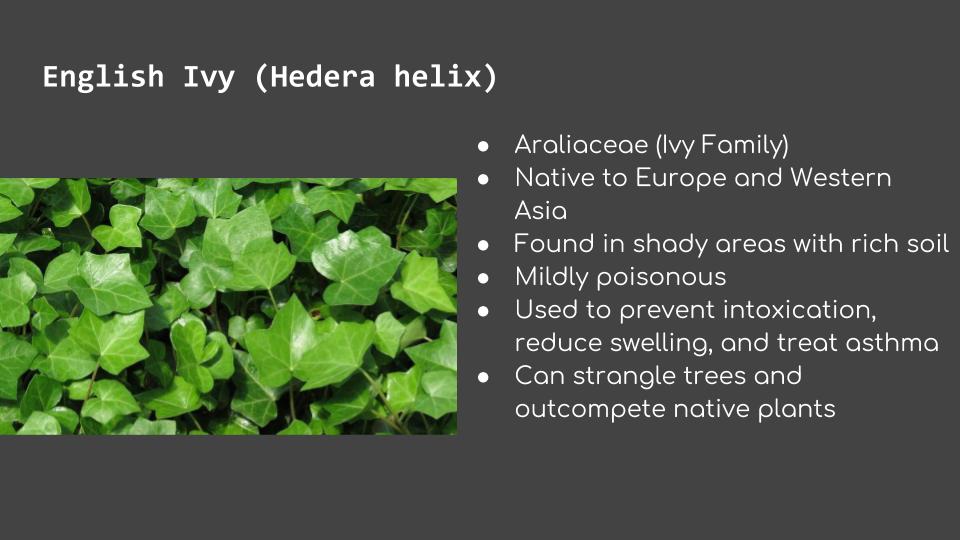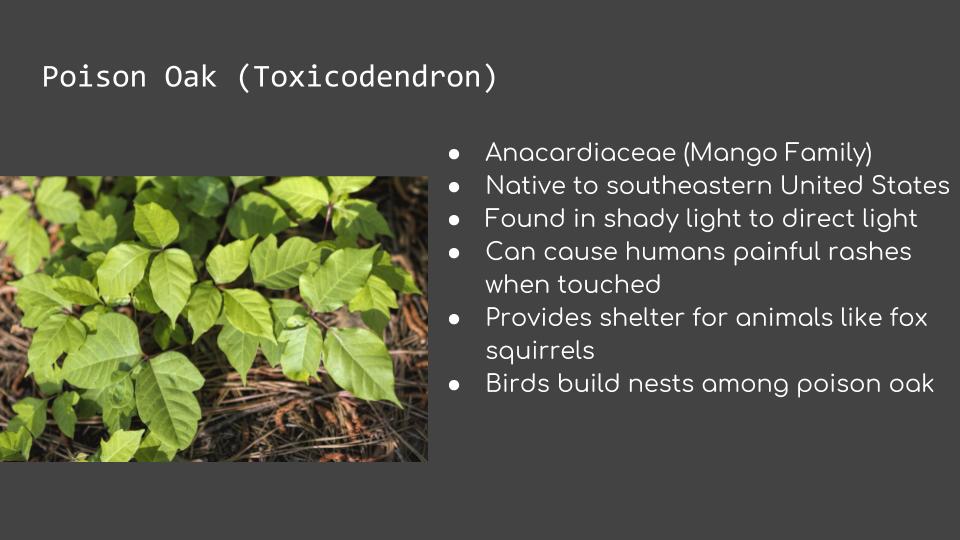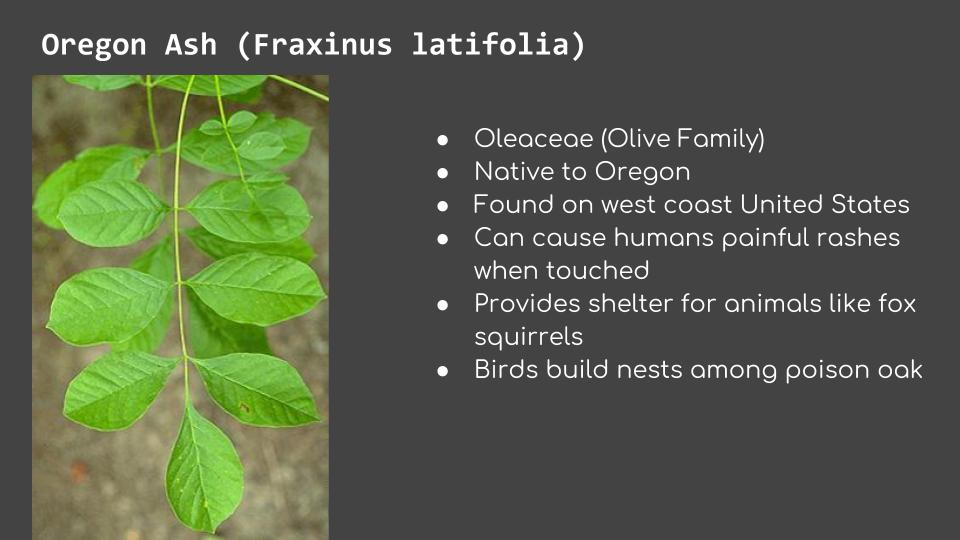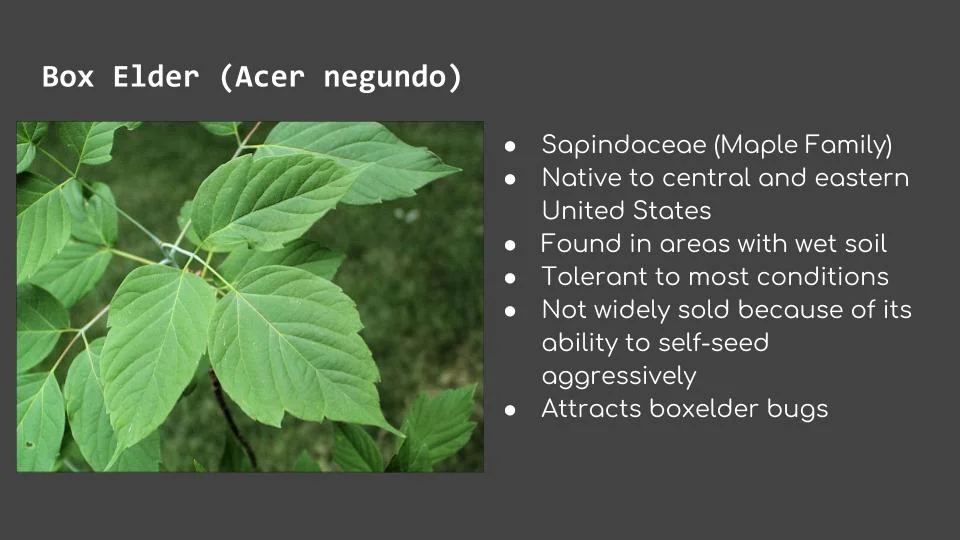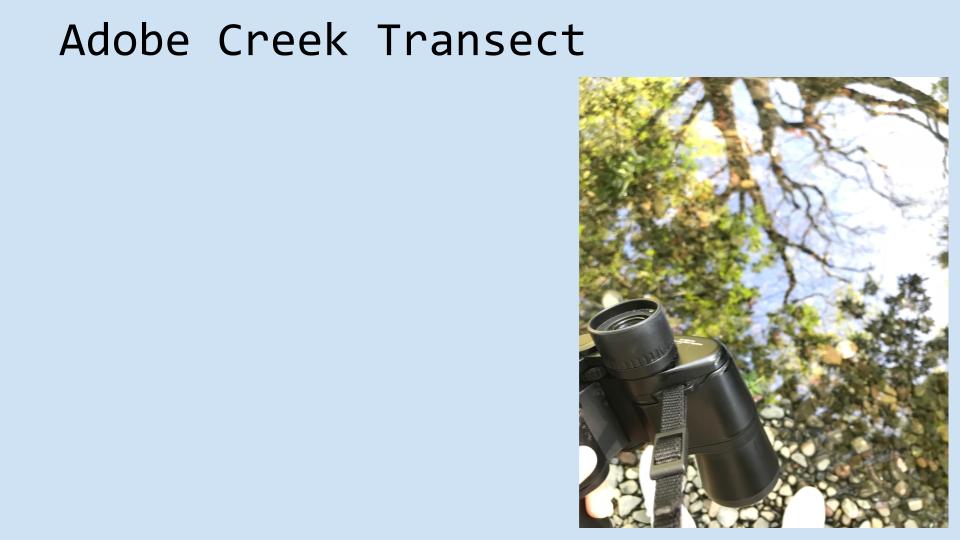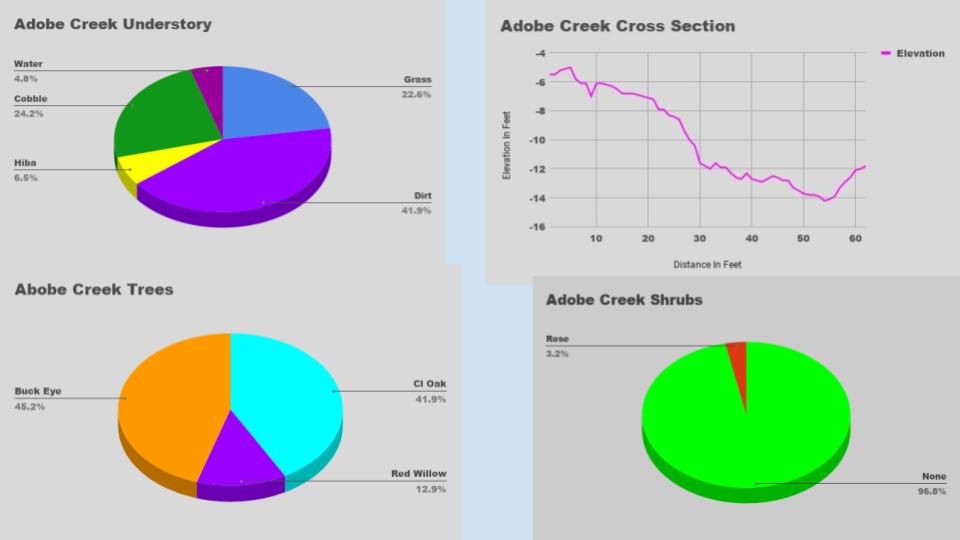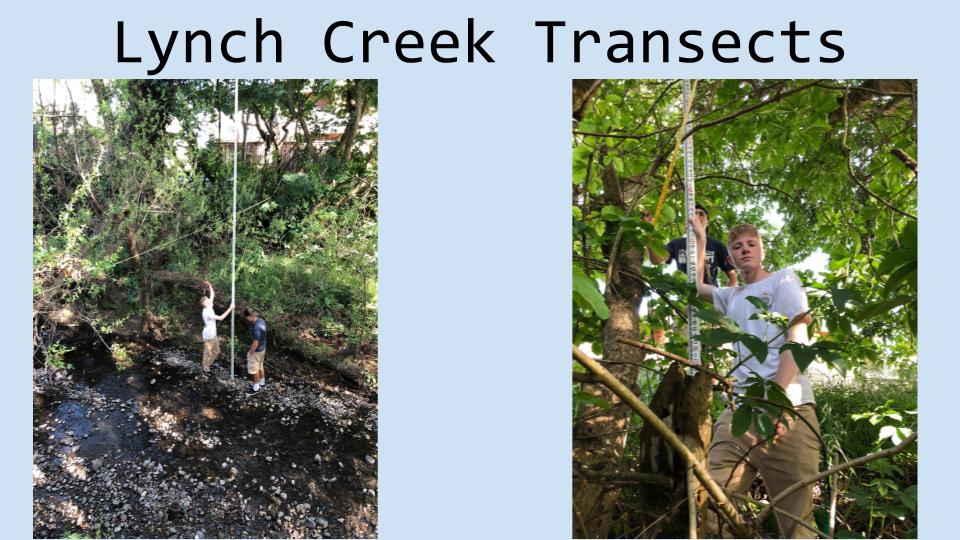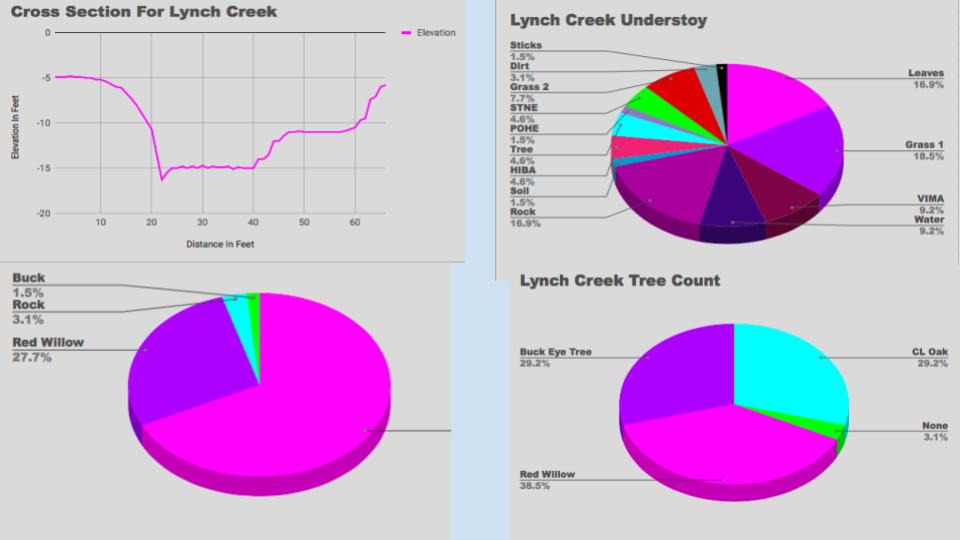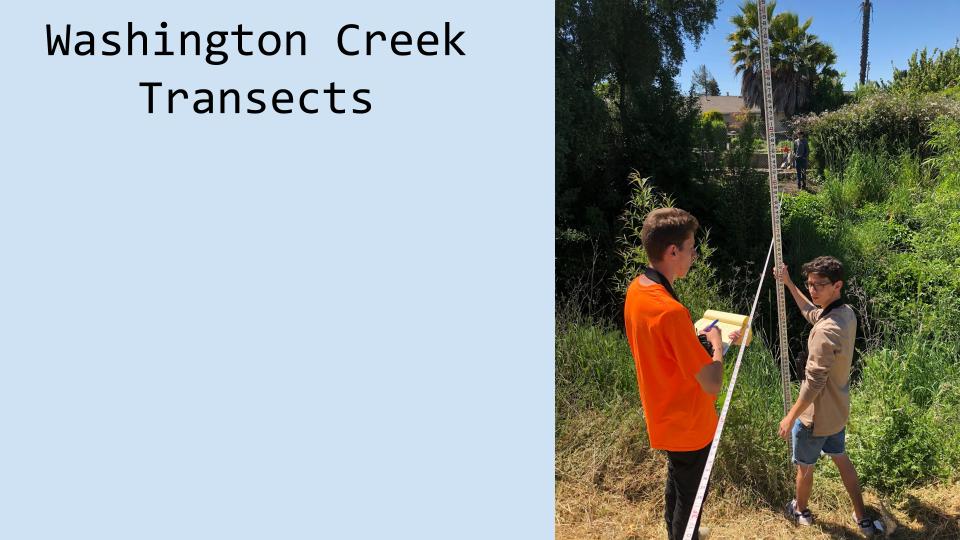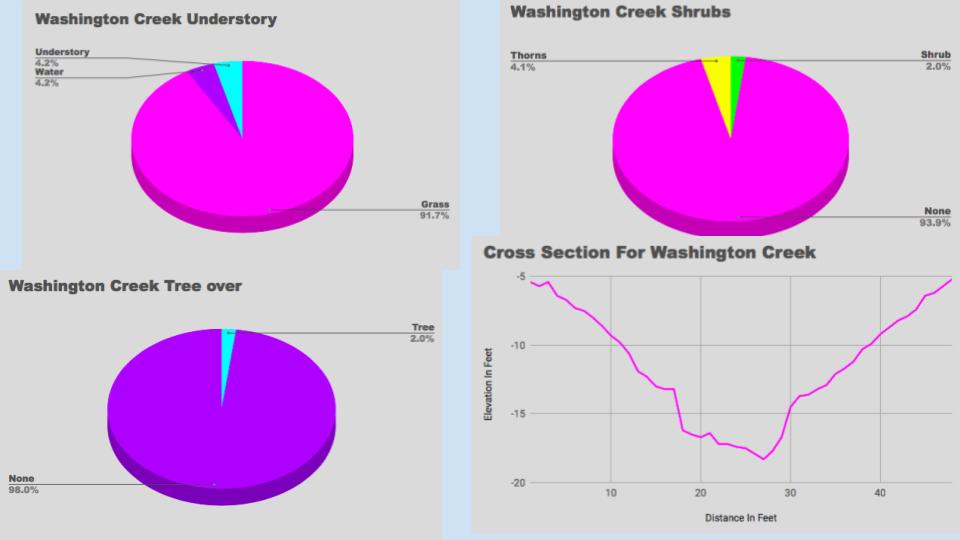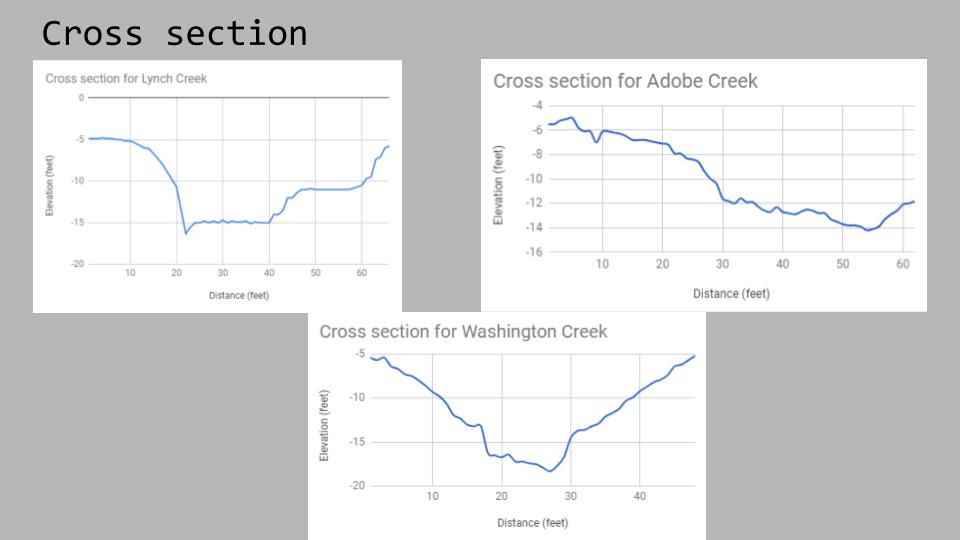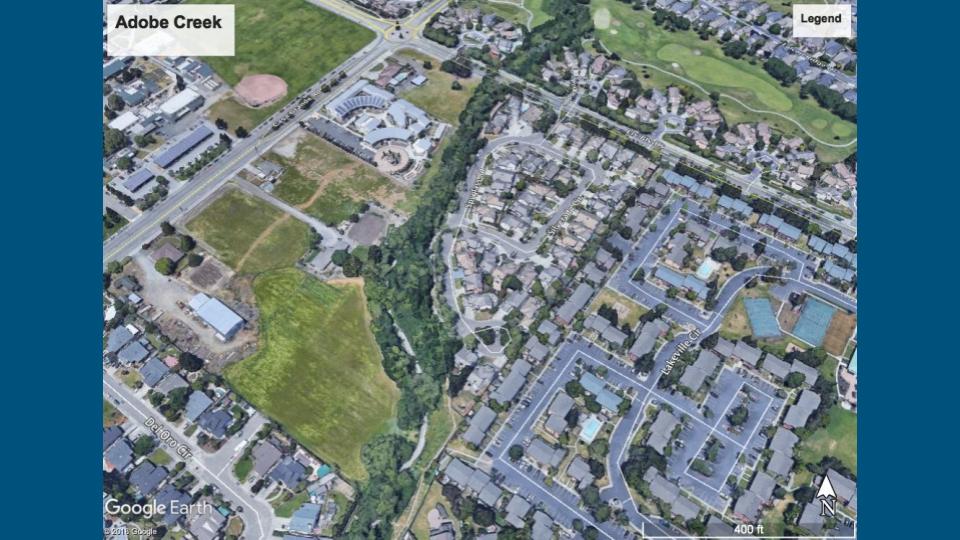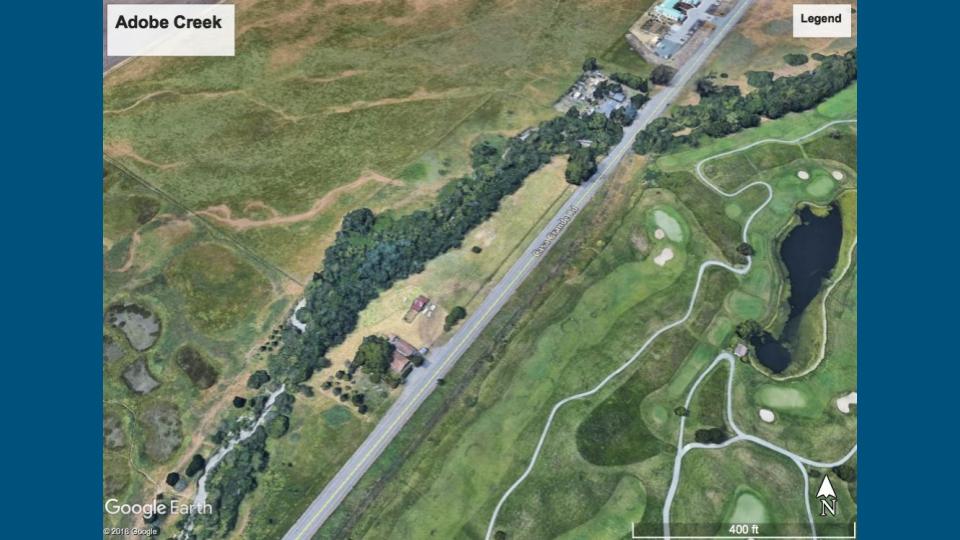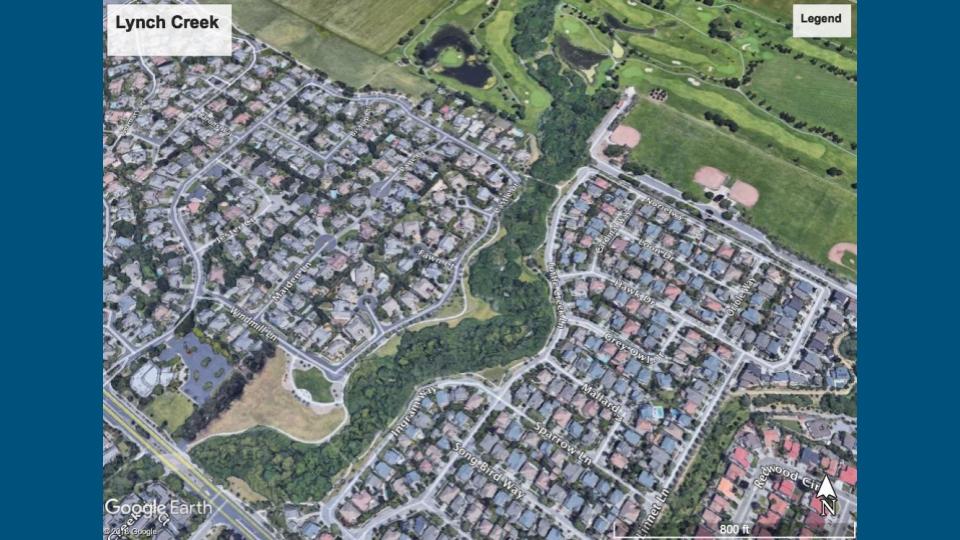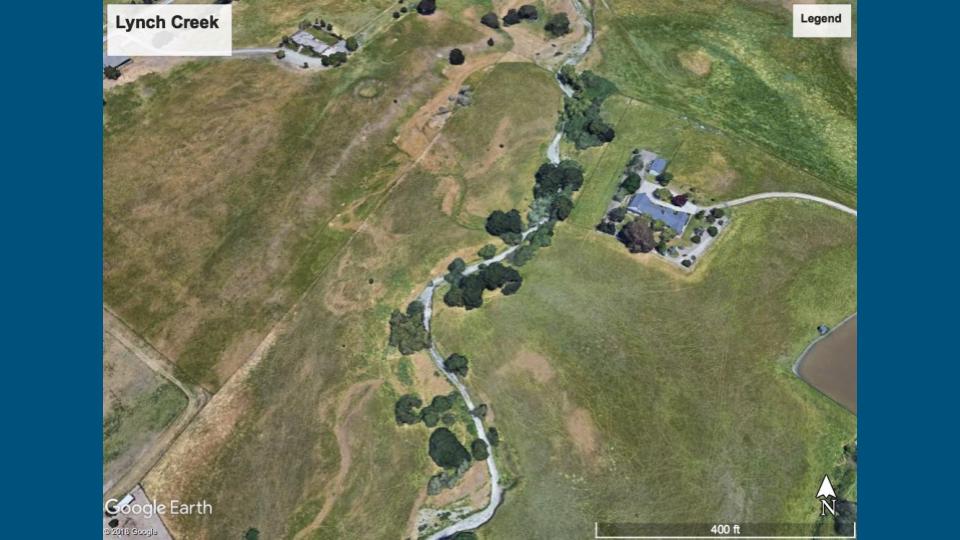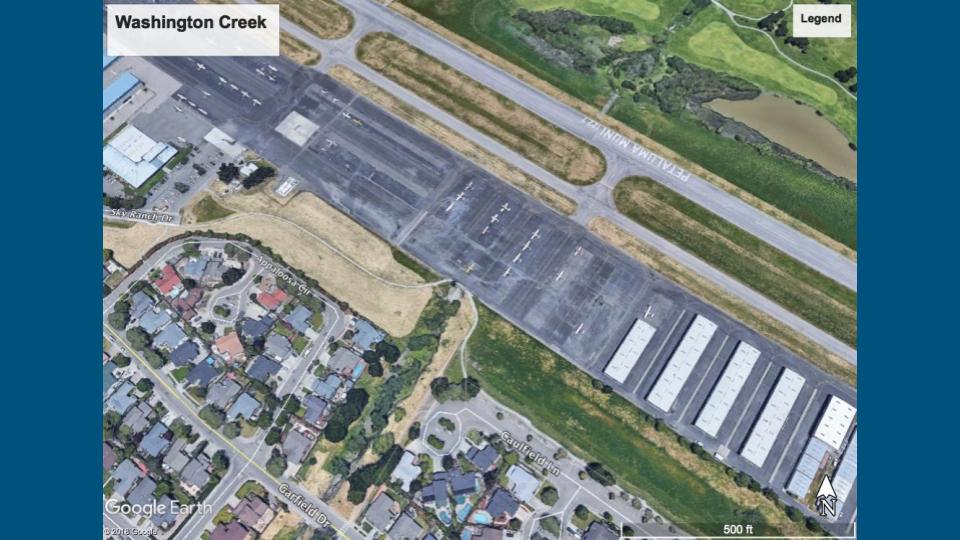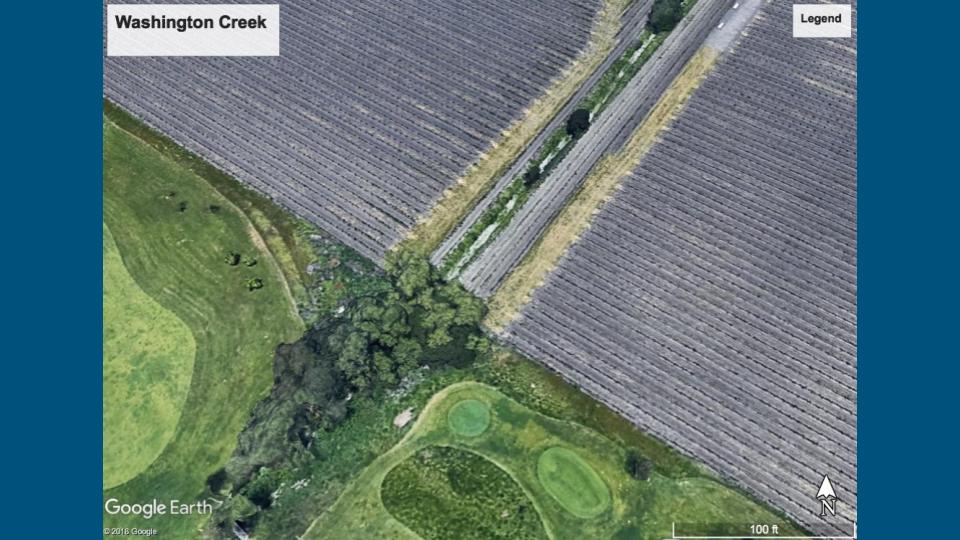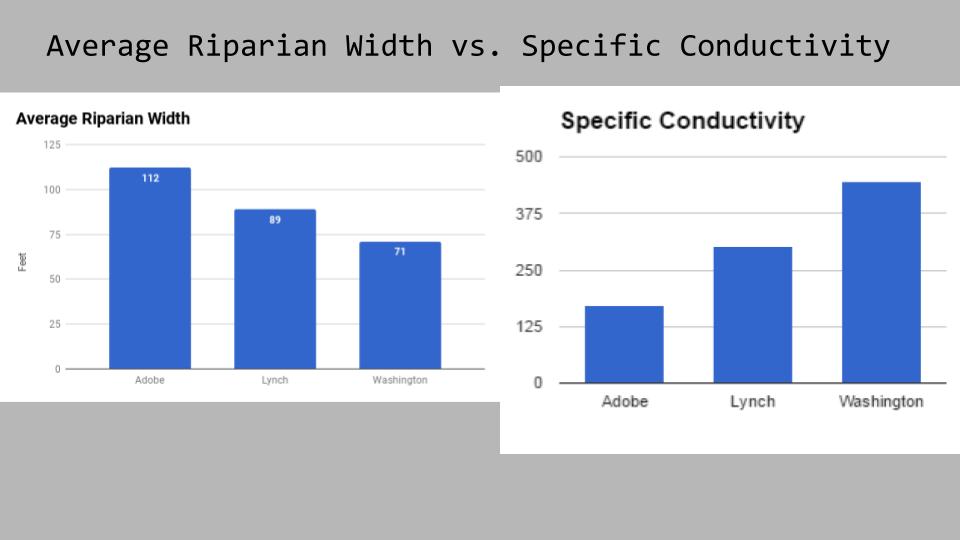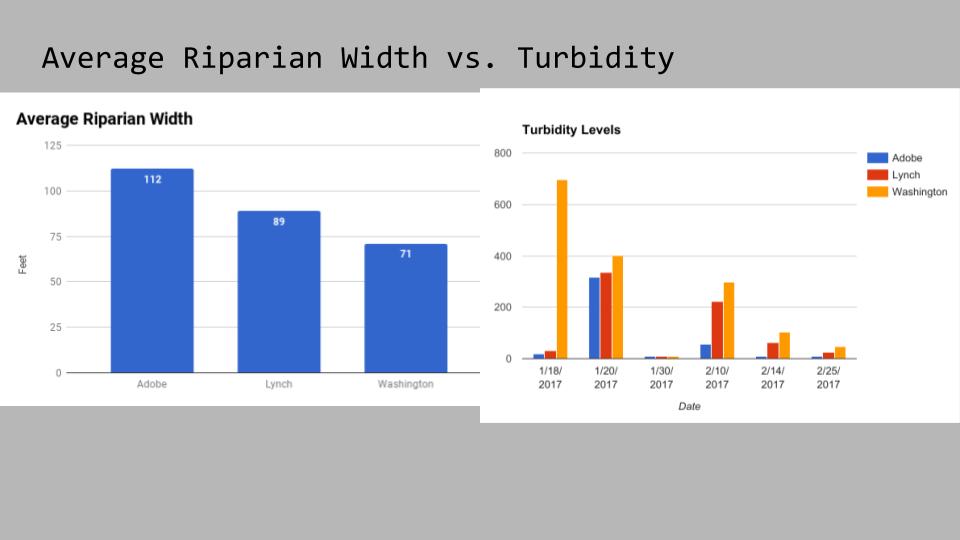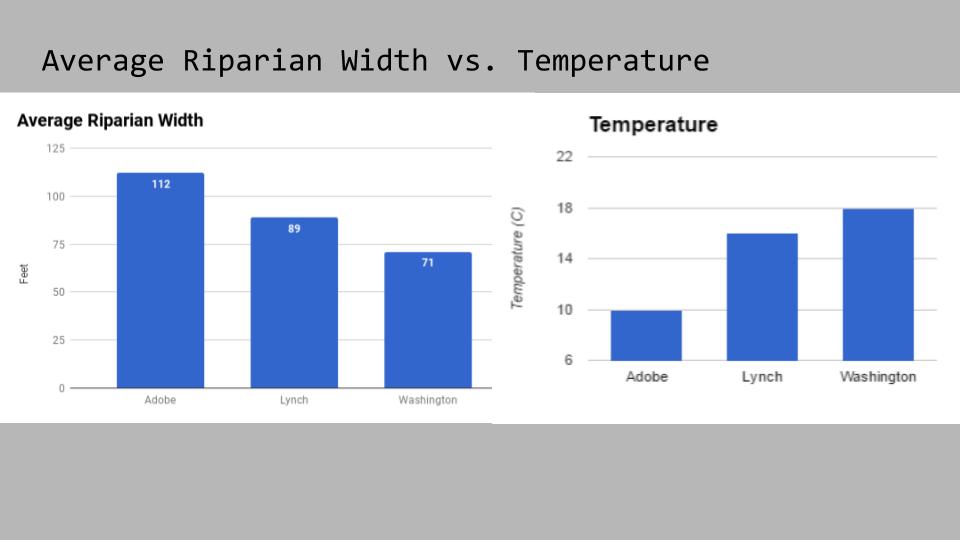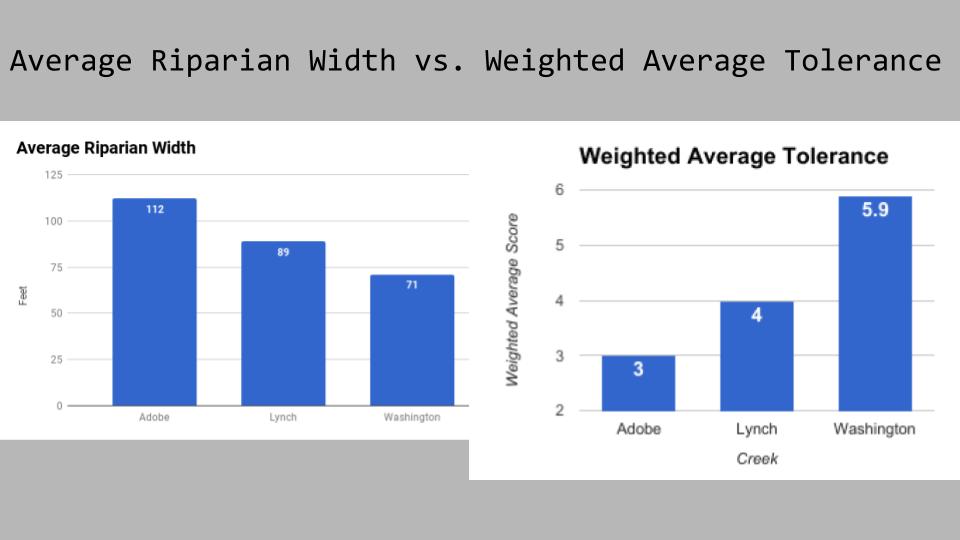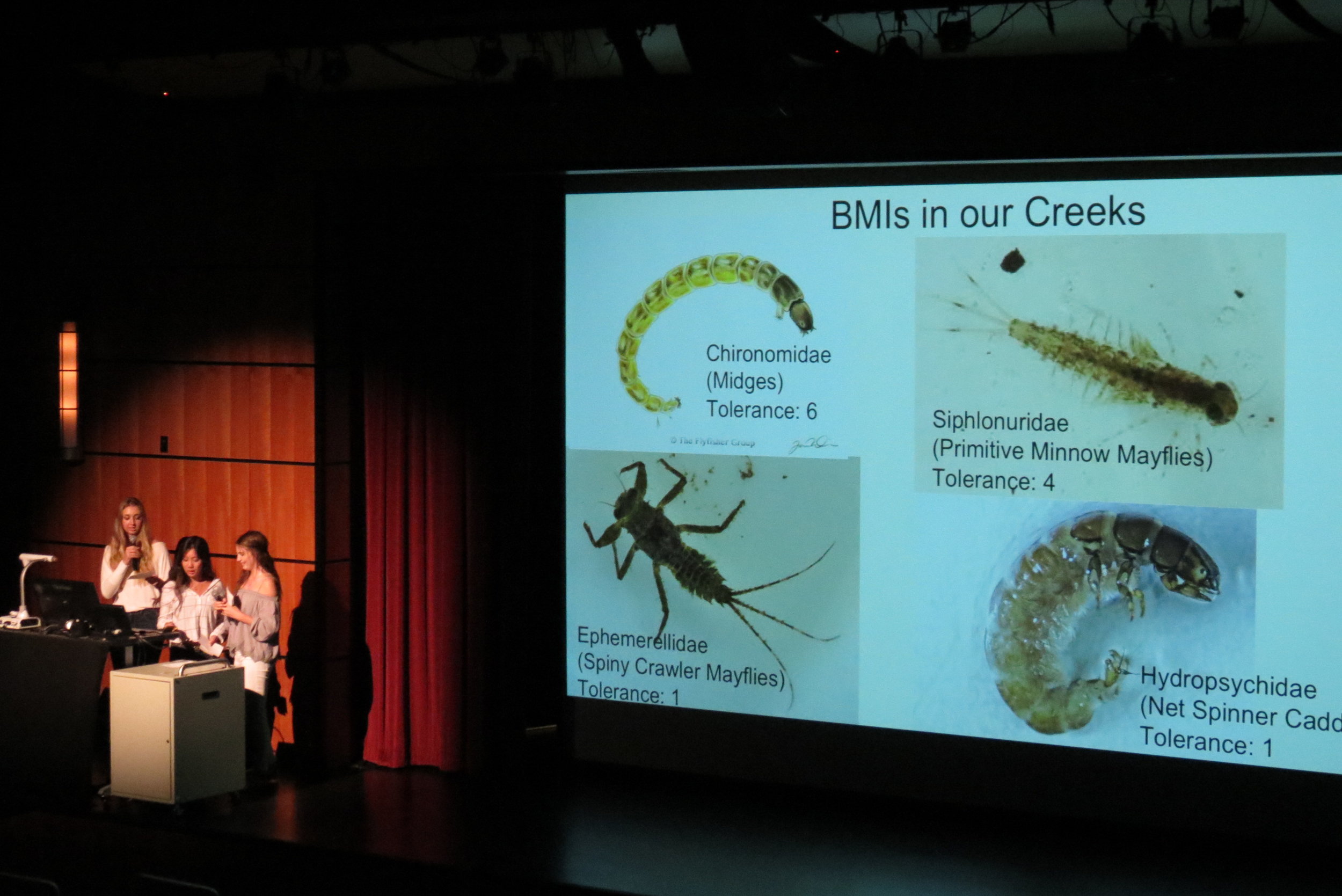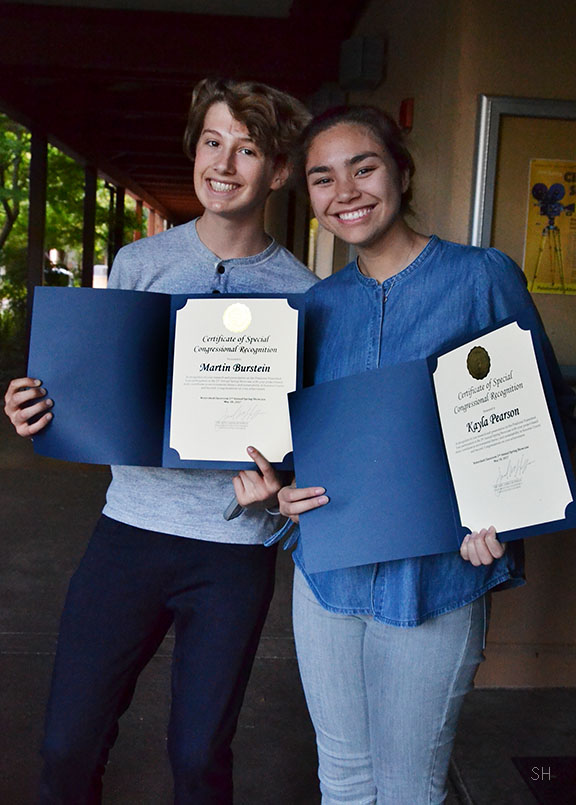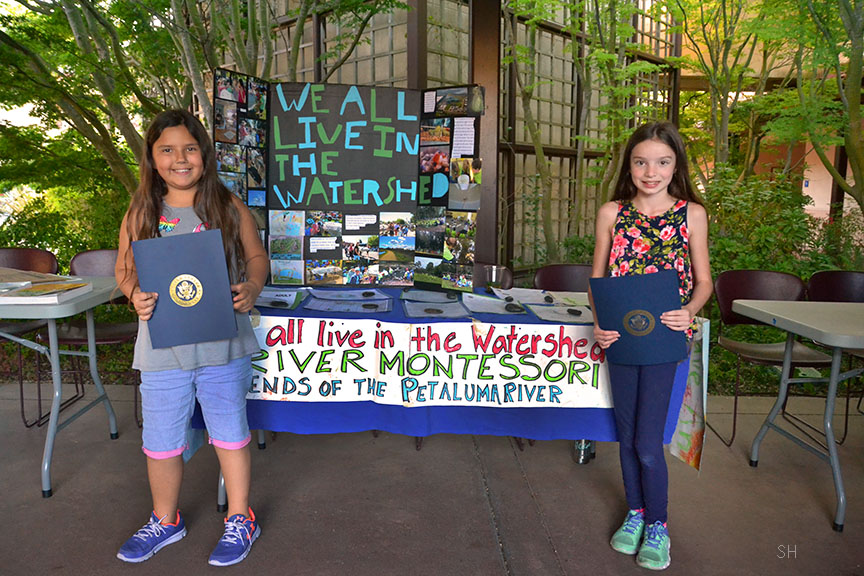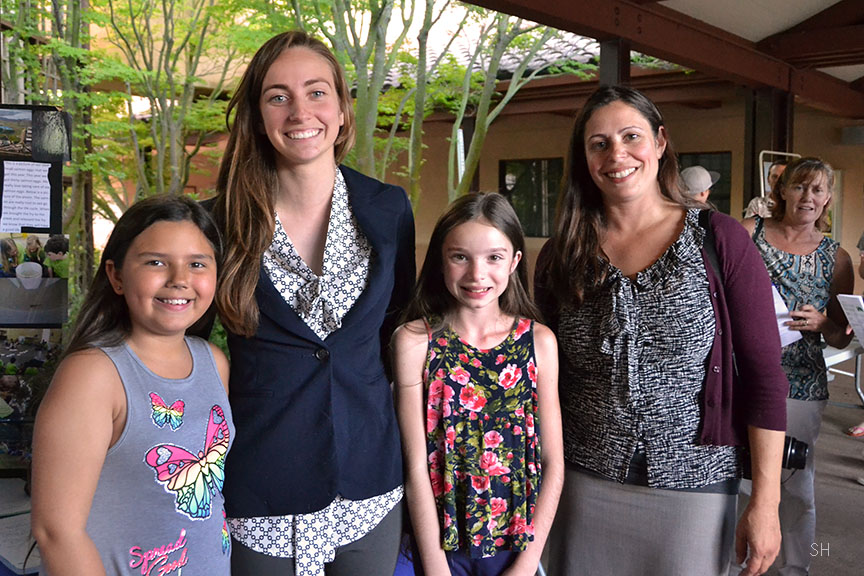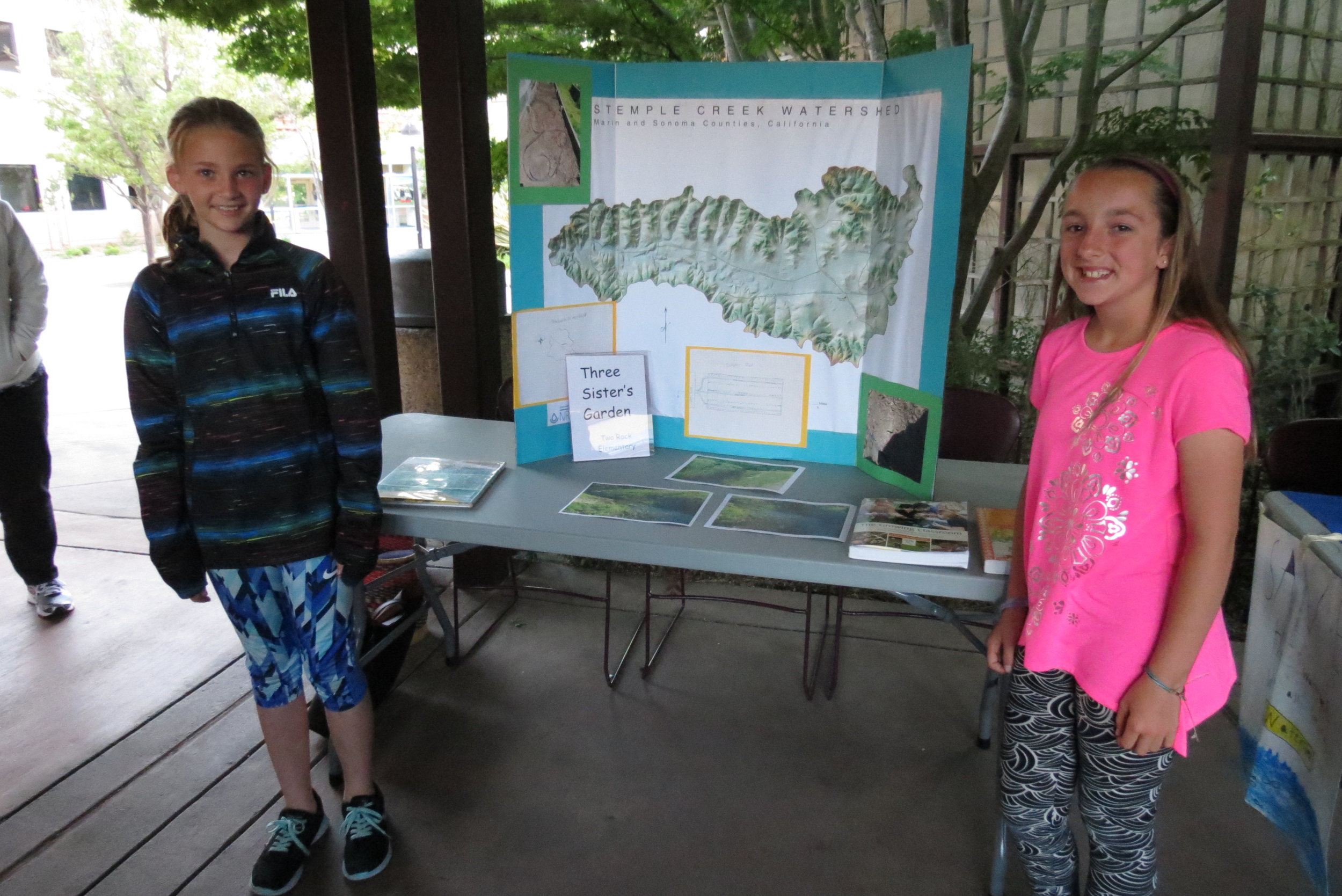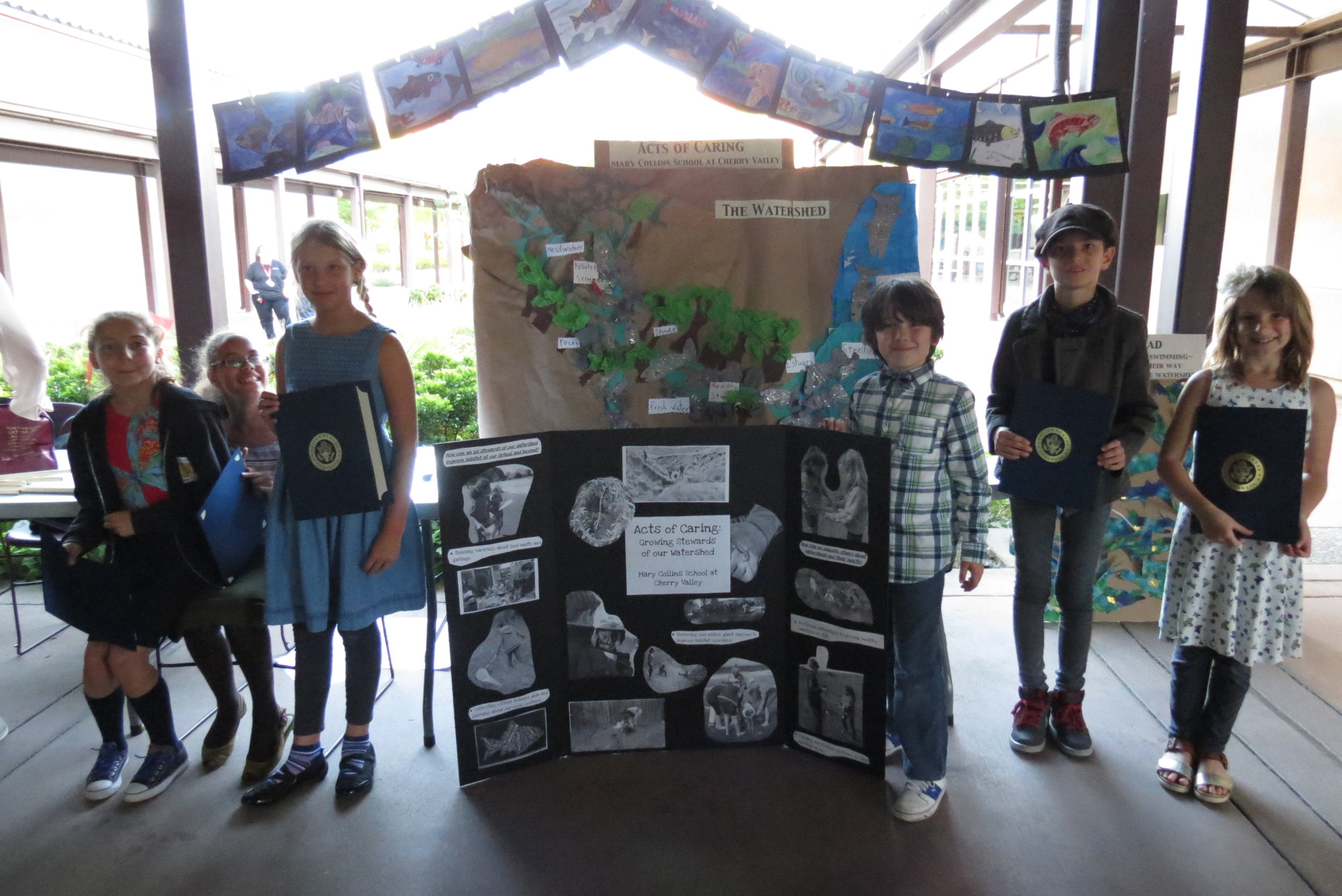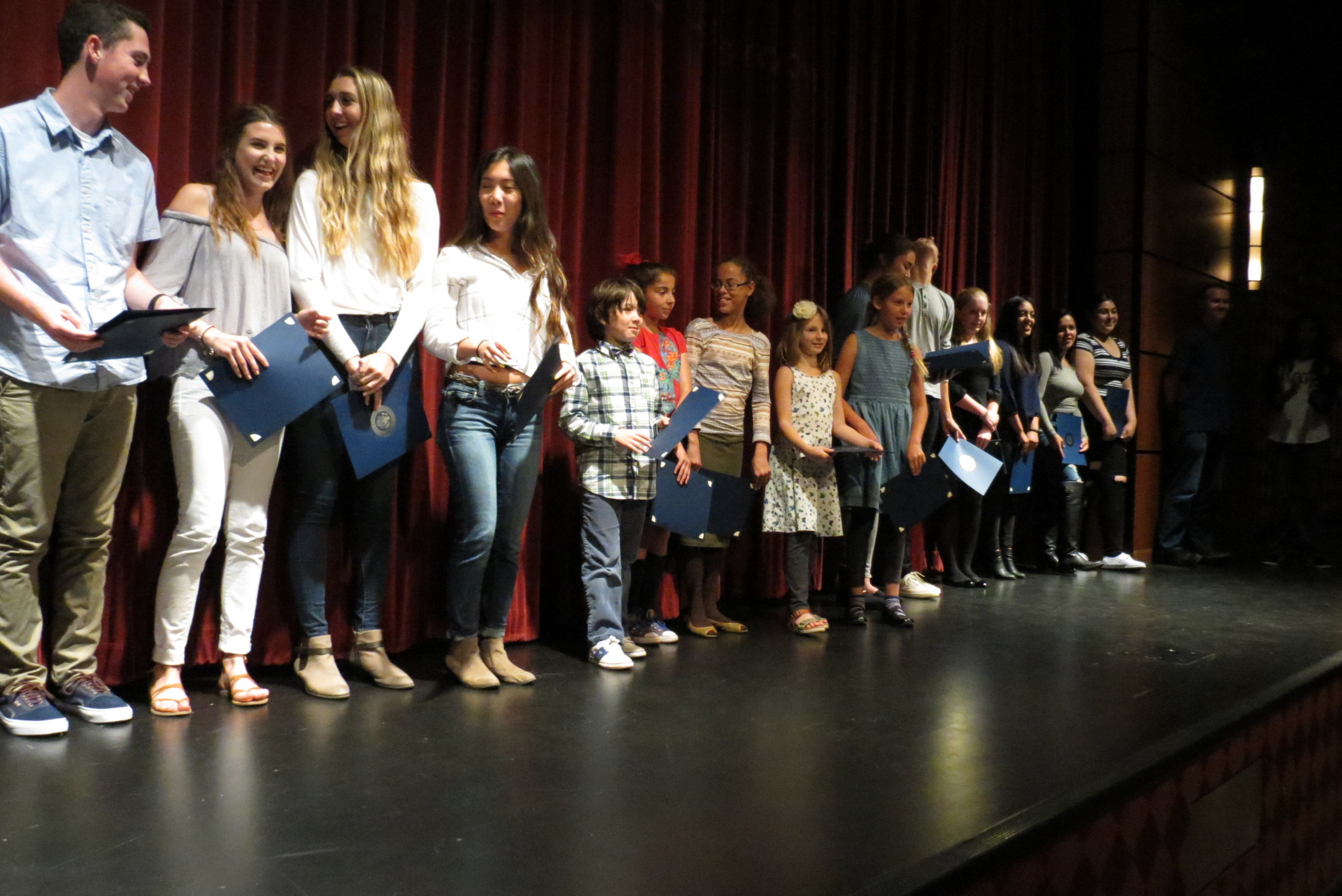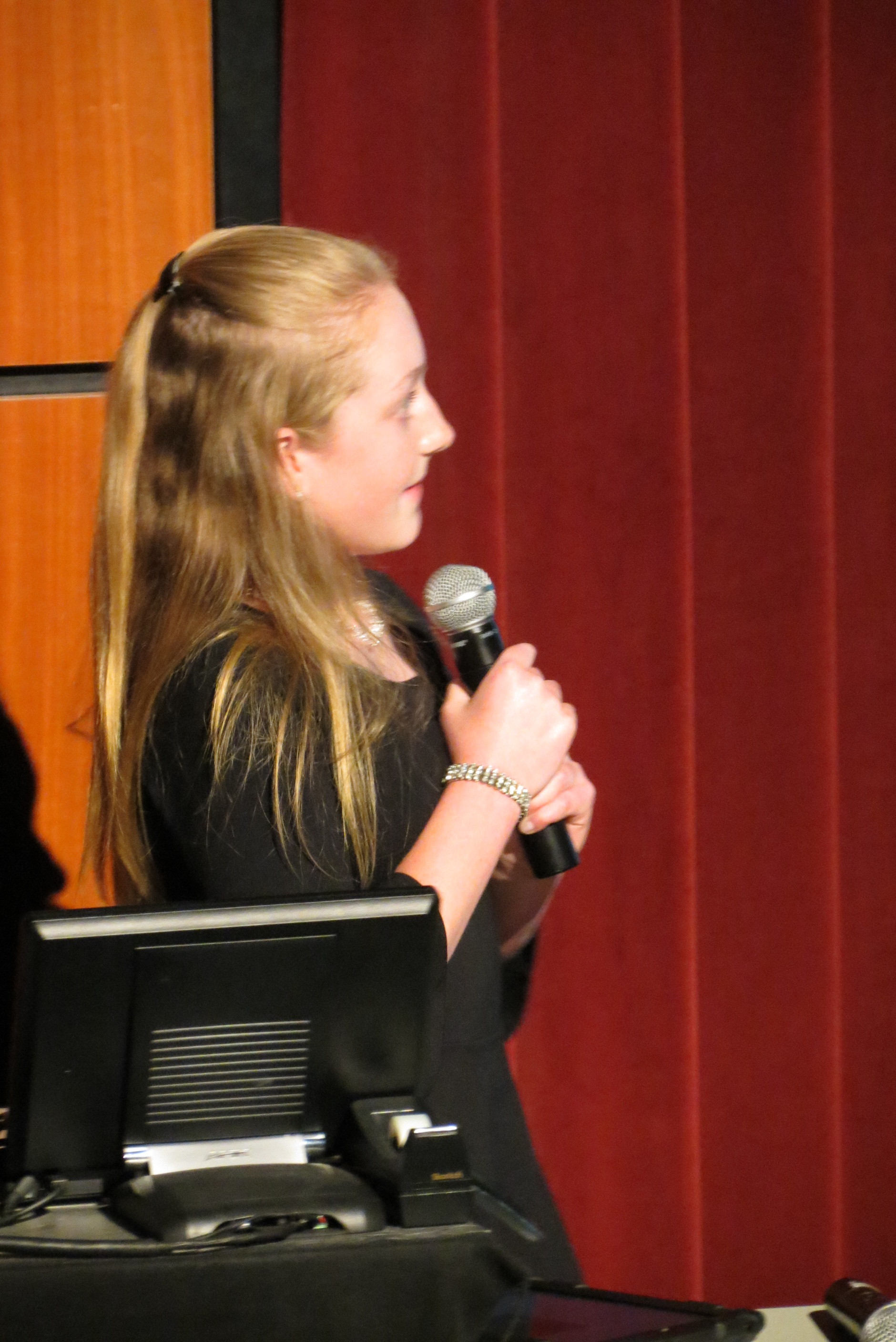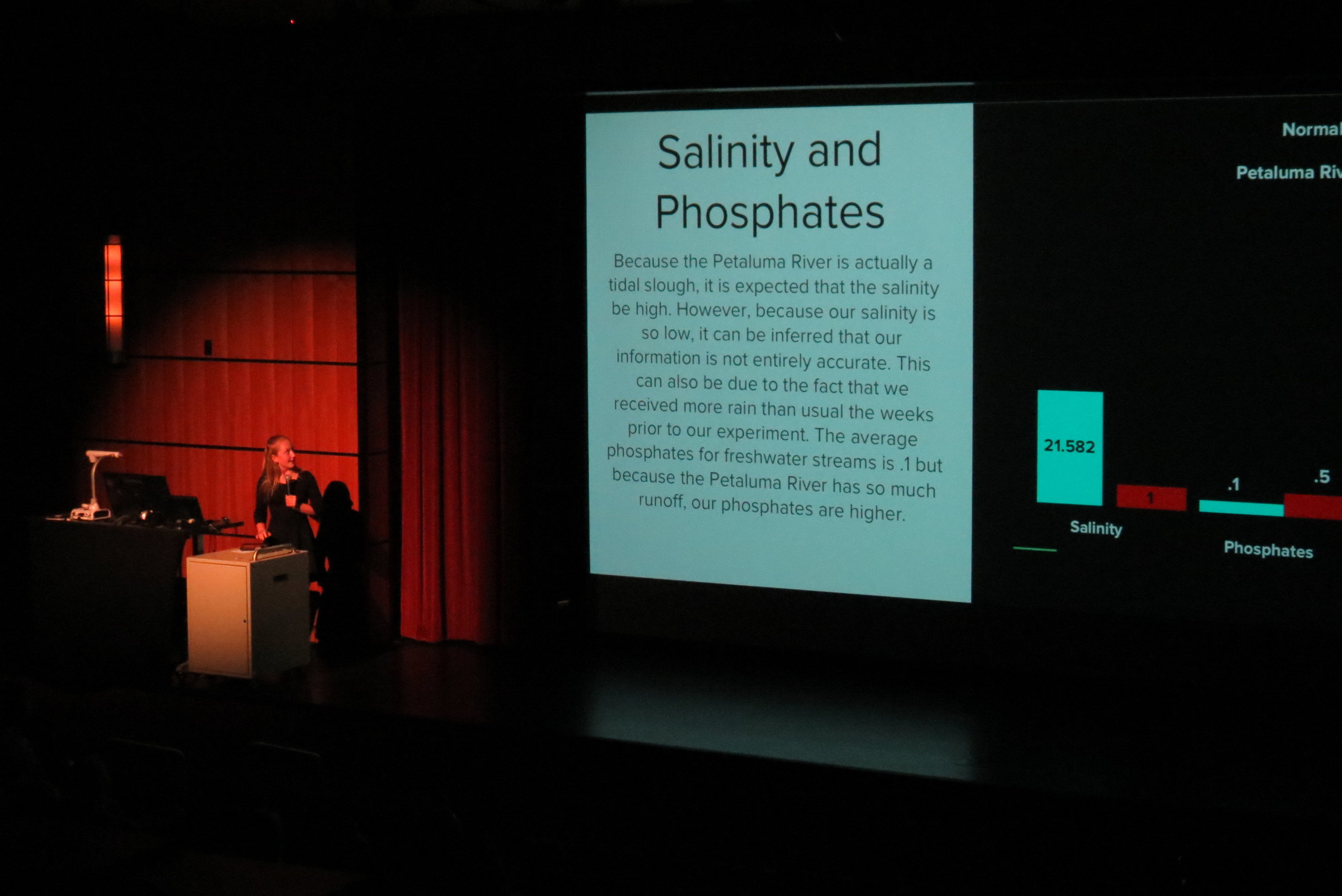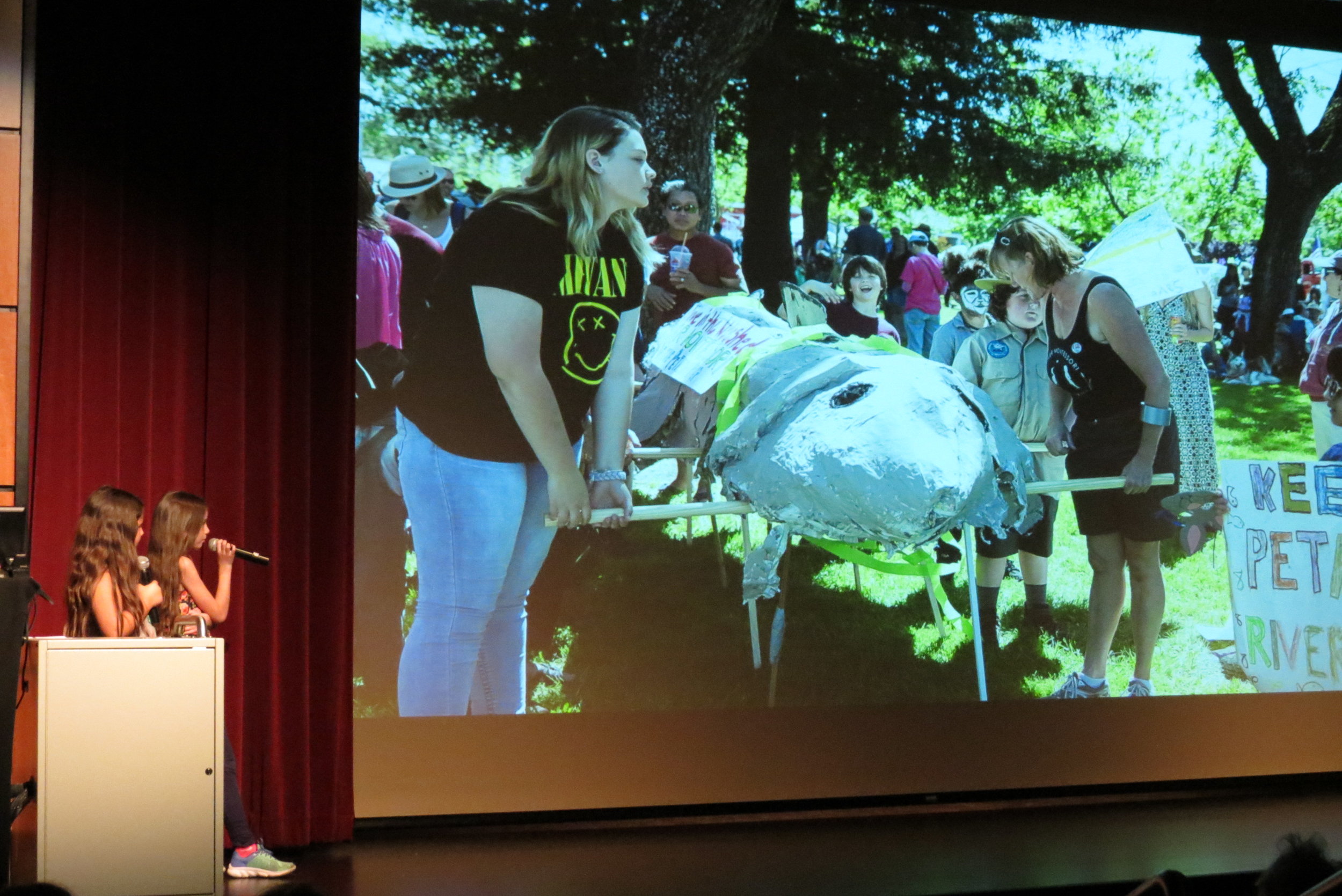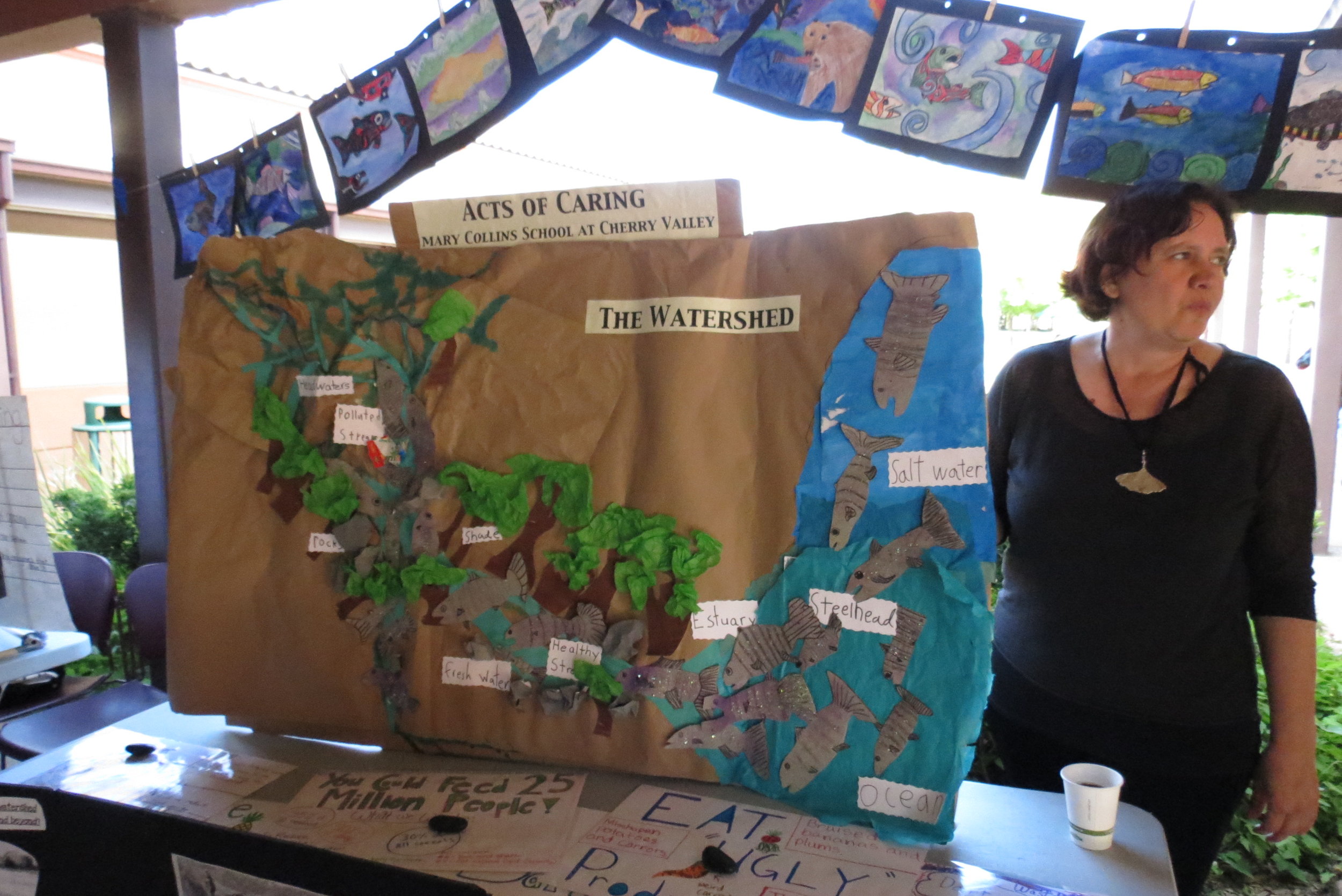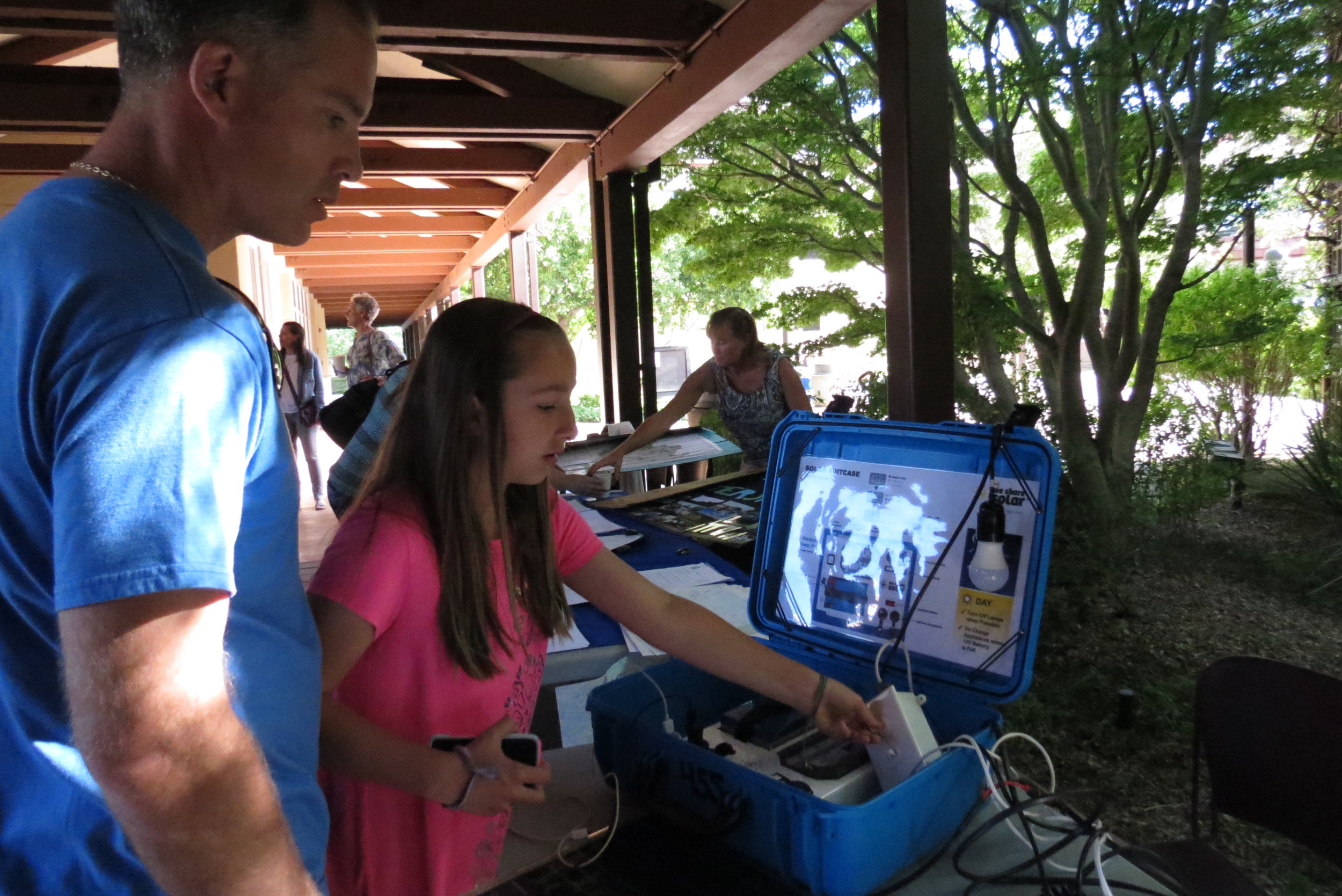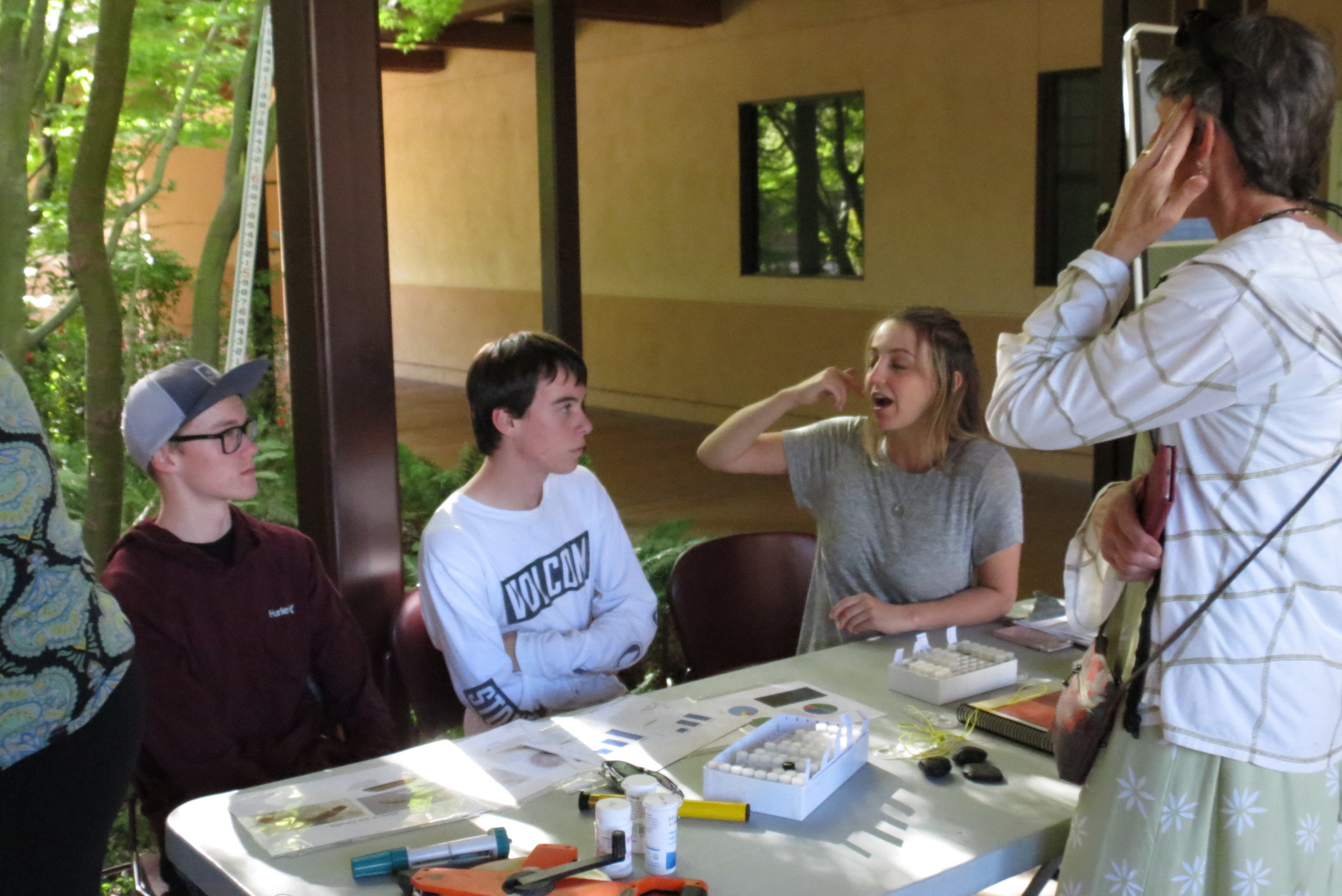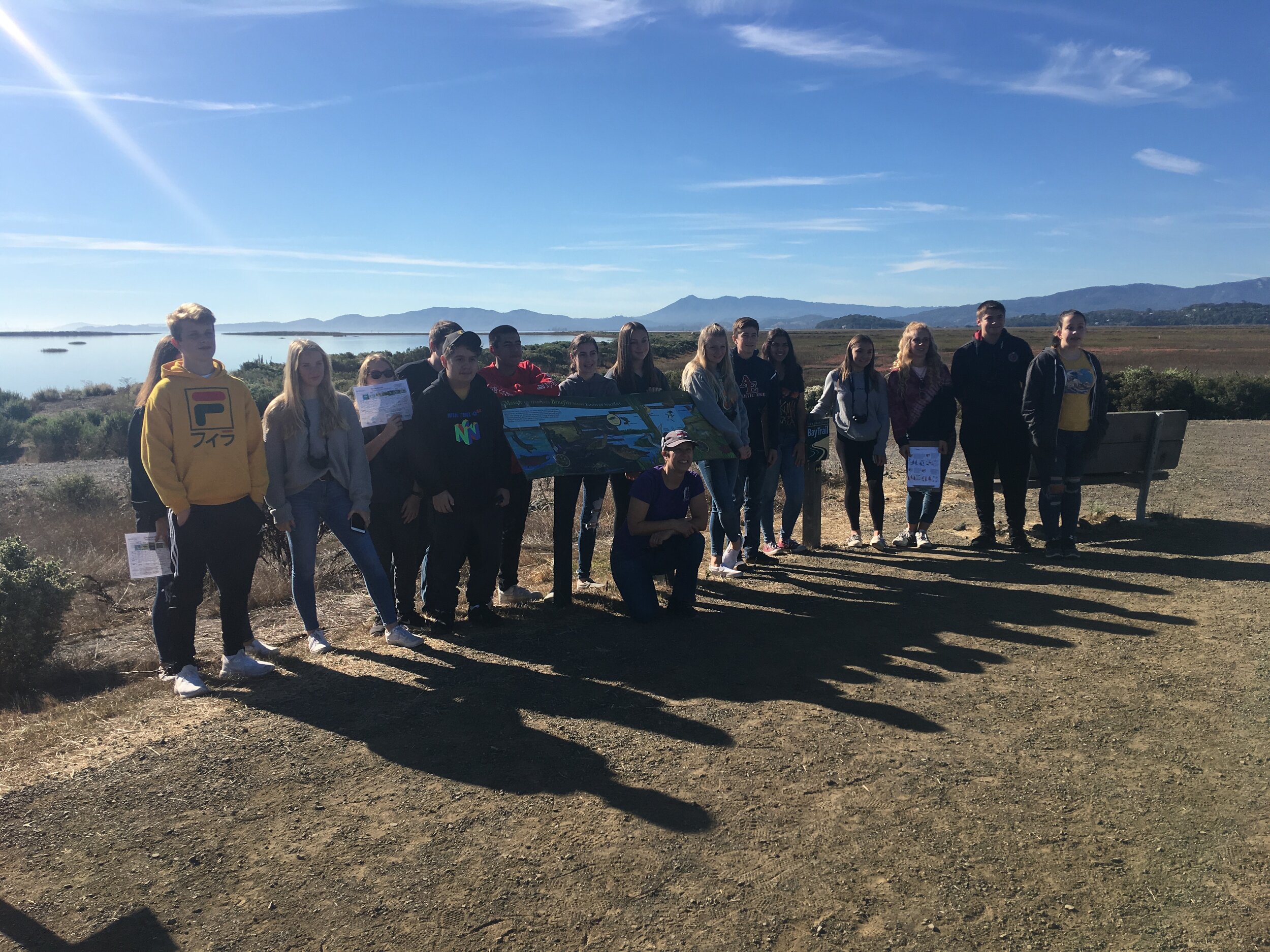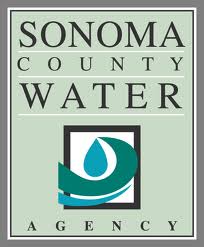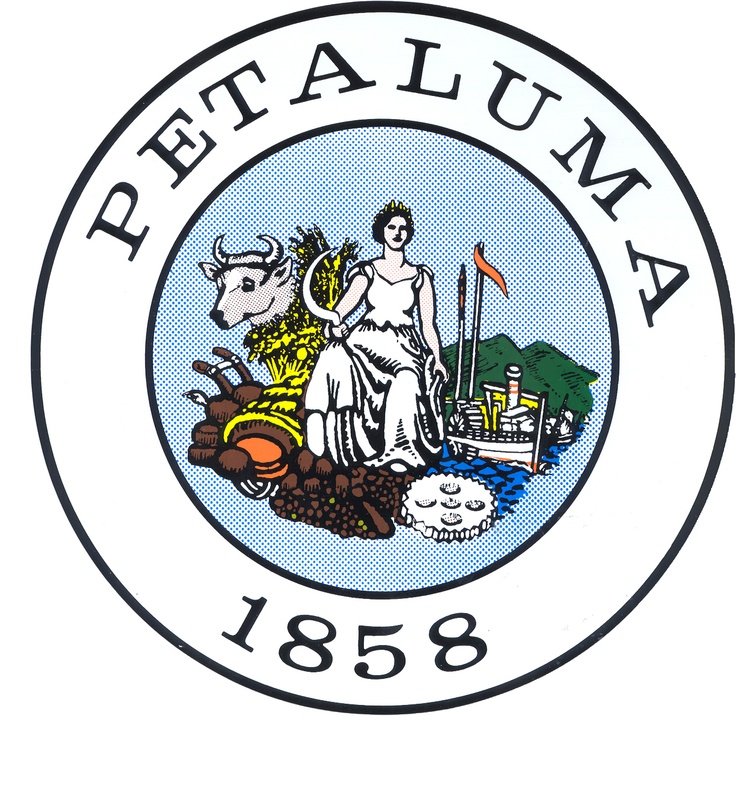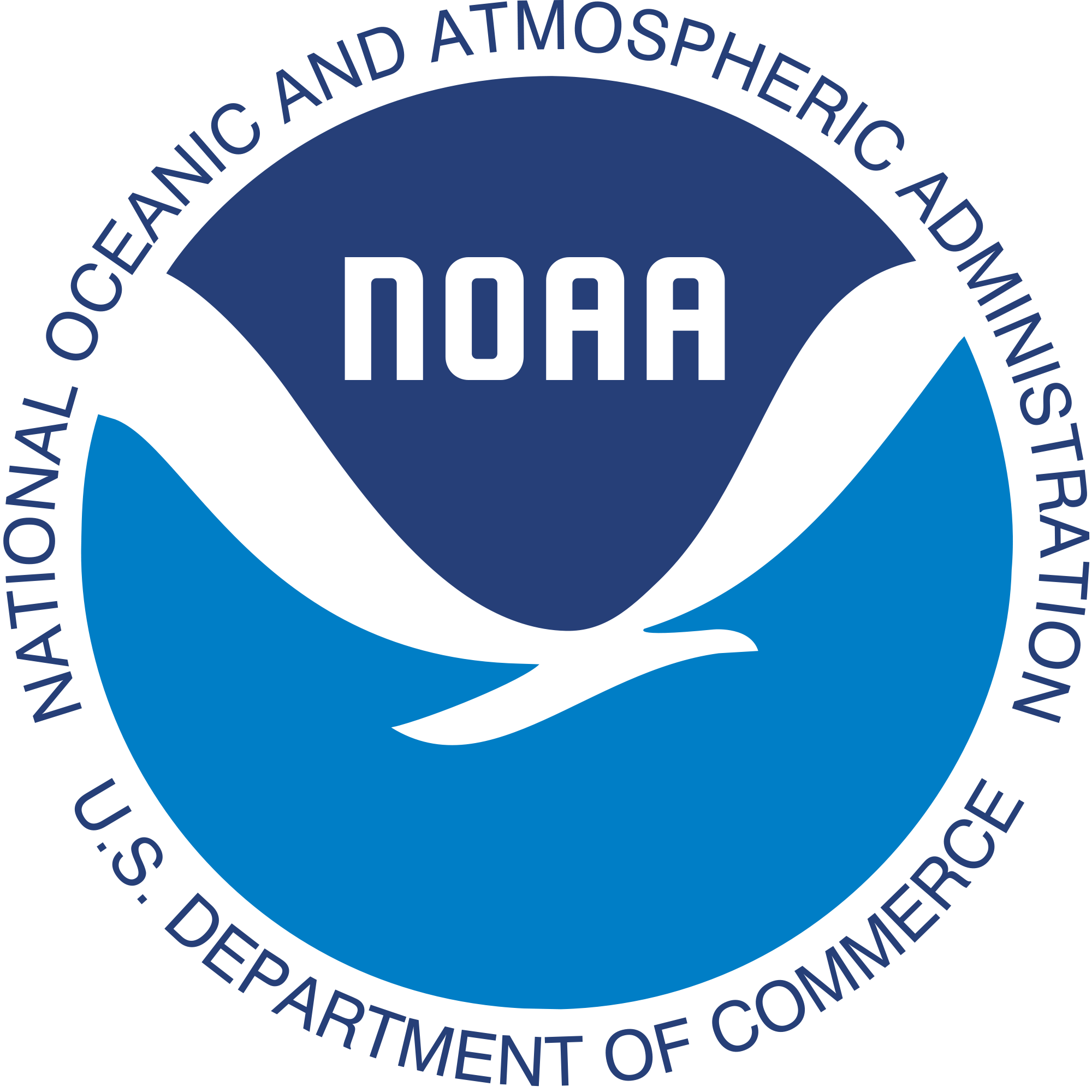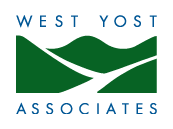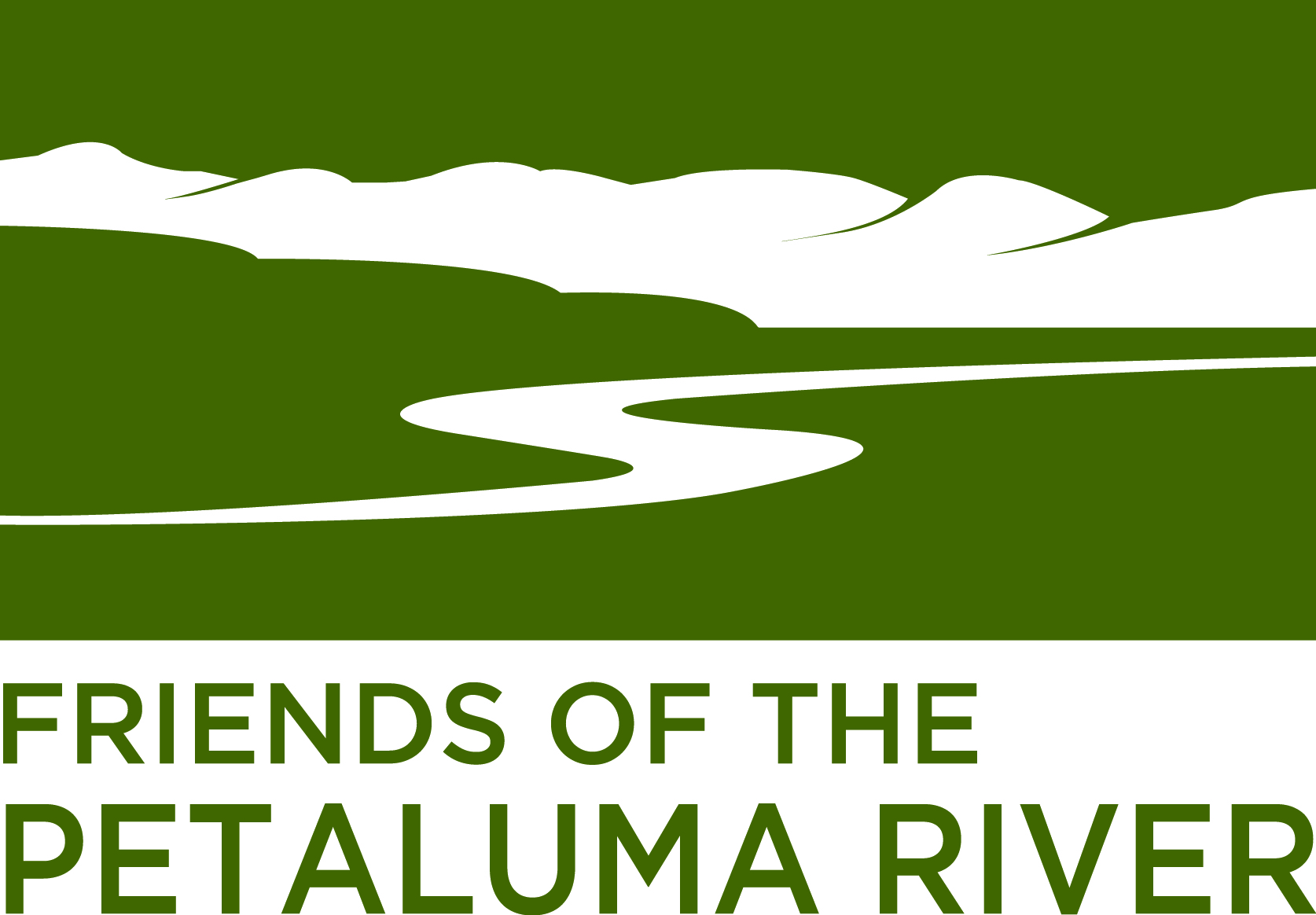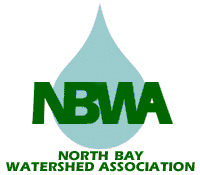Resources
Student Showcase
Our 2019 Watershed Classroom Student Showcase at Ellis Hall and Auditorium
Watershed Classroom Student Showcase
Thursday, April 30th, 2020
Carole Ellis Auditorium, SRJC Petaluma Campus
5pm - 7:30pm
Each year we invite teachers, students, parents, and community members to join us for our Watershed Classroom Student Showcase. Students lead inspirational presentations on the investigations, observations, and action that they participated in with their class.
Each group of student stewards present for 3-5 minutes, using digital media to tell the community what they have learned in the Watershed Classroom and make their own predictions and suggestions for the future of the Petaluma River and Watershed.
Students also present additional material during the tabling portion of the night. For 30 minutes before and after the main event guests have a chance to meet the young citizen scientists, historians, and artists of the Watershed Classroom.
The event flyer. Please feel free to download and share with students, parents, teachers, and community members.
Any participating students should carefully read through these before putting together their presentation.
2018 Watershed Classroom Student Showcase
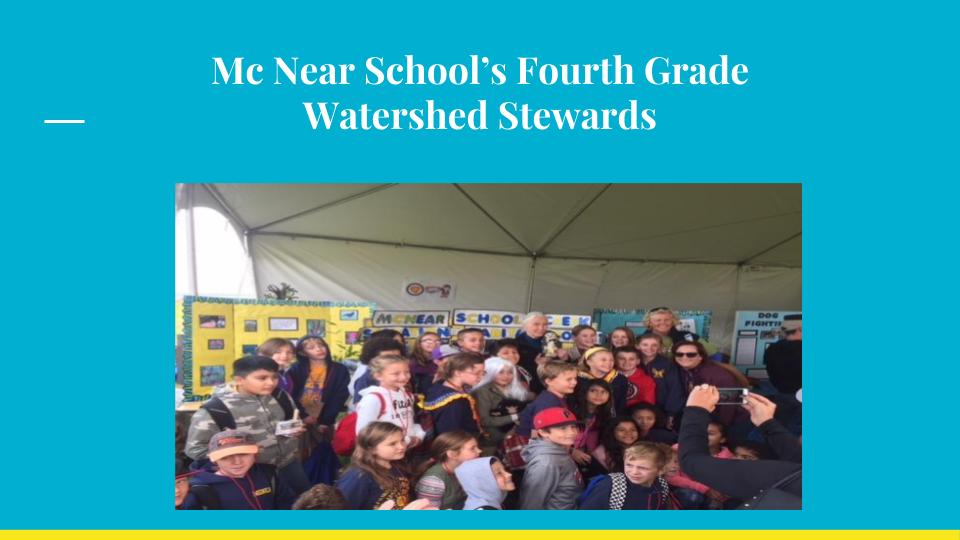
On October 11, 2017, we were invited to attend the Roots and Shoots Celebration to share our creek restoration plans. We were so excited to see Dr. Jane Goodall, but we almost didn’t make it due to the historic Northern California wildfires that happened that week. Because Dr. Goodall provided transportation and our Principal and teachers persevered, about 30 of us were able to get there!
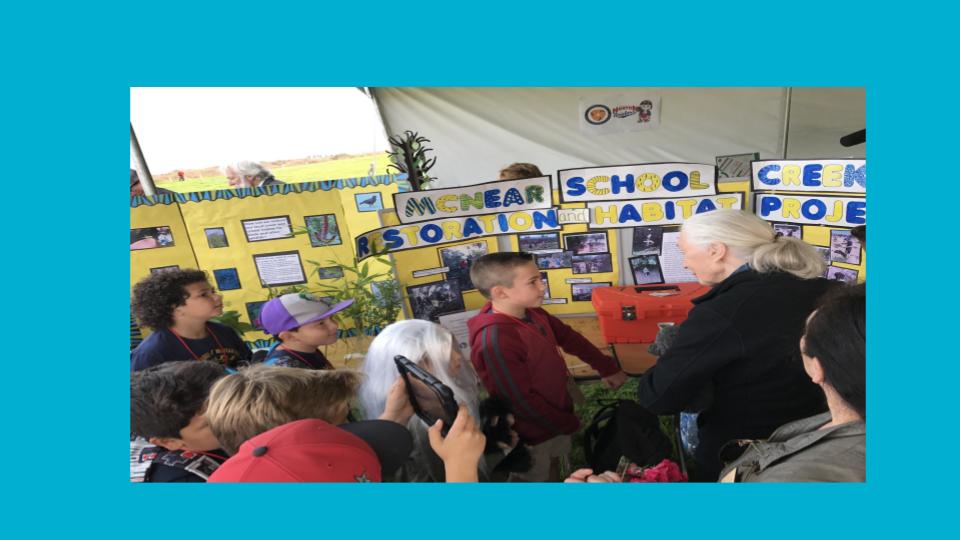
We told Dr. Goodall about our plans to study our local creek so that we could develop a plan for how to support support its health as well as the plant and animal life that live in it. Now it’s May, 2018, and we want to report about the learning and the work we were able to do.
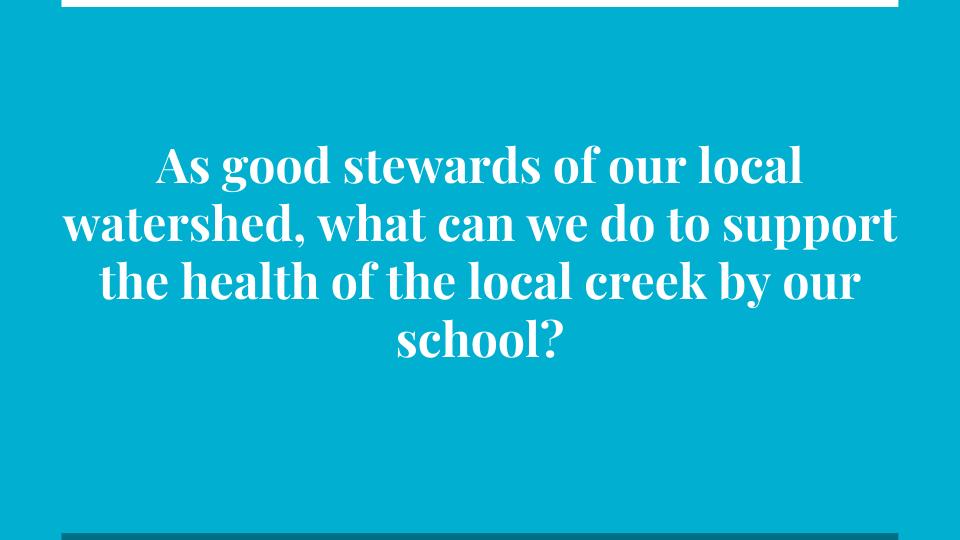
This was the driving question for our project.
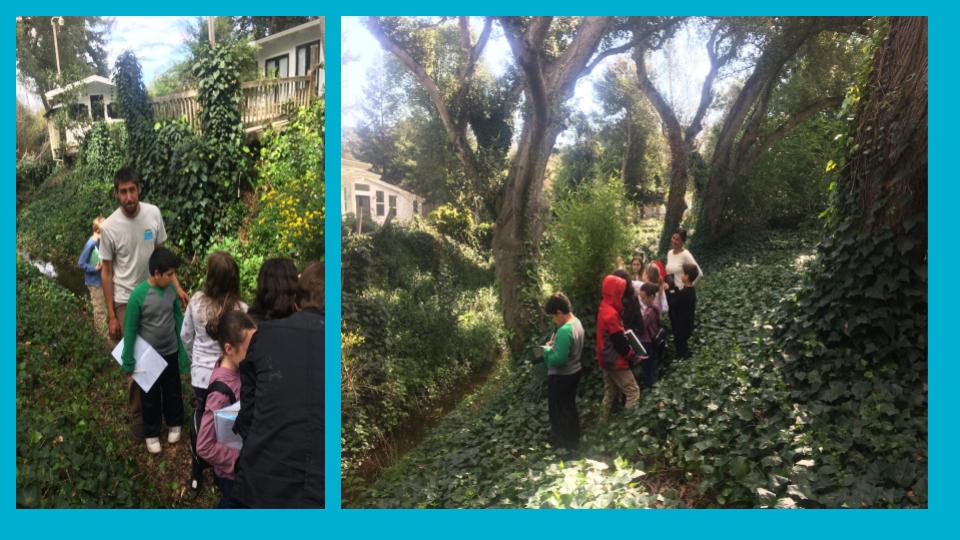
The first thing we needed to do was to was collect data about the creek. We recorded observations in our science notebooks, and we conducted three bioblitzes throughout the year to count the number of bird, plant, and insect species we could find each time. We set up a camera trap to photograph wildlife that might live or travel through the creek, and we did water quality tests of the creek’s water during each bioblitz as well. Instructors from the Watershed Classroom and a parent who is a bird biologist with Point Blue Conservation Science were our guides.
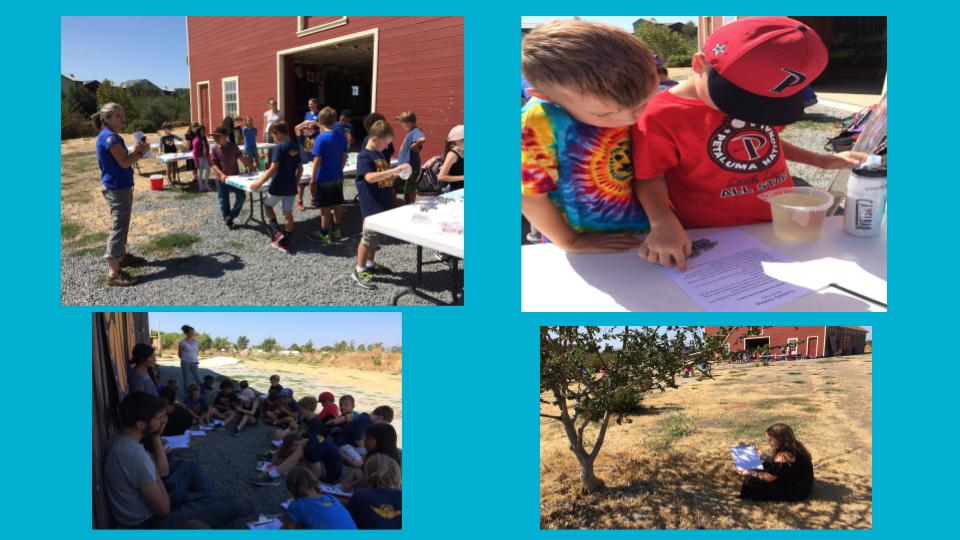
Early in the school year, we went to the David Yearsley River Heritage Center, where instructors from the Watershed Classroom helped us learn about the Petaluma Watershed and how to do water quality tests.
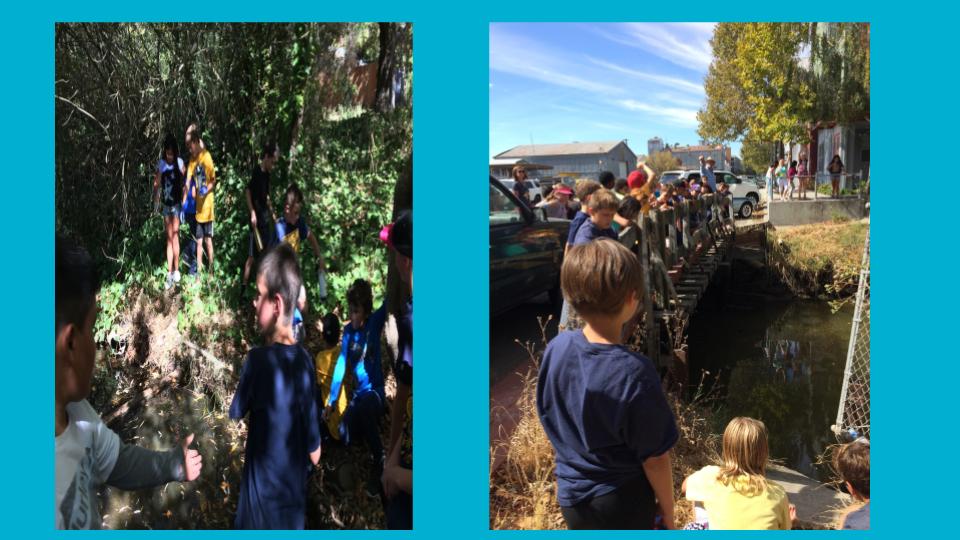
Later, we explored different sections of Thompson Creek and traced its route to where it meets the Petaluma River. Mr. Norstad’s class even took a long walk to find its source!
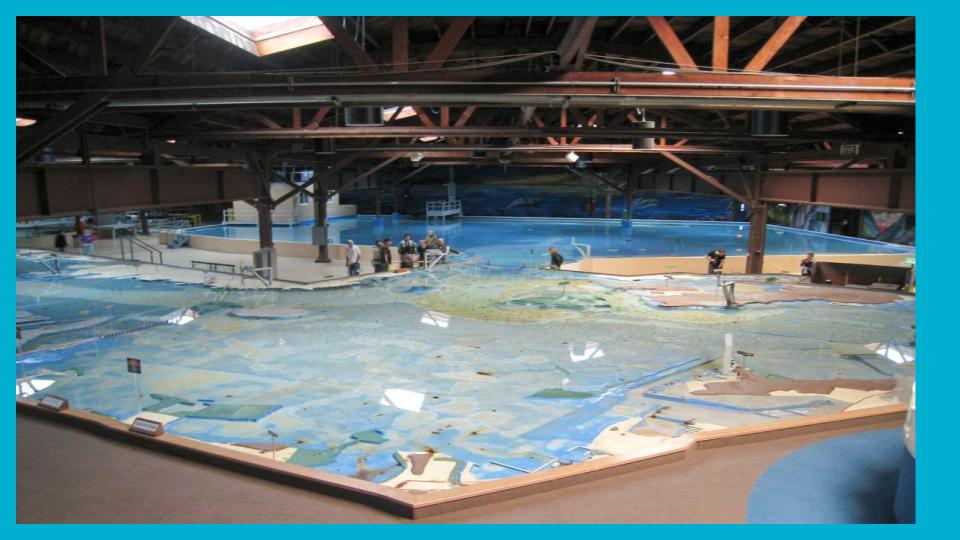
Later, we explored different sections of Thompson Creek and traced its route to where it meets the Petaluma River. Mr. Norstad’s class even took a long walk to find its source!
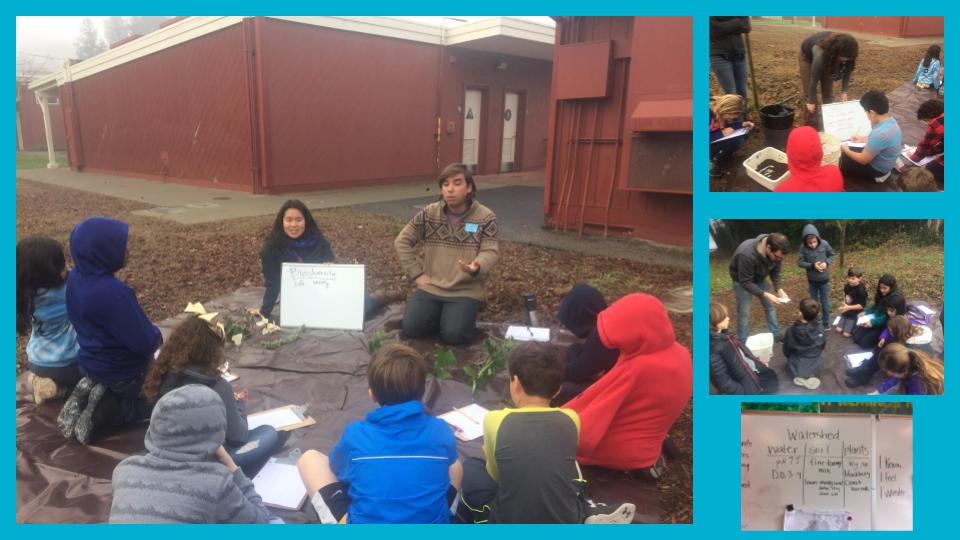
Instructors from STRAW (Students and Teachers Restoring a Watershed) taught us more about watersheds and helped us look at soil and plants from our local creek. We learned about the problems of invasive plants and we tested different water qualities such as pH, temperature, and the turbidity of the creek.
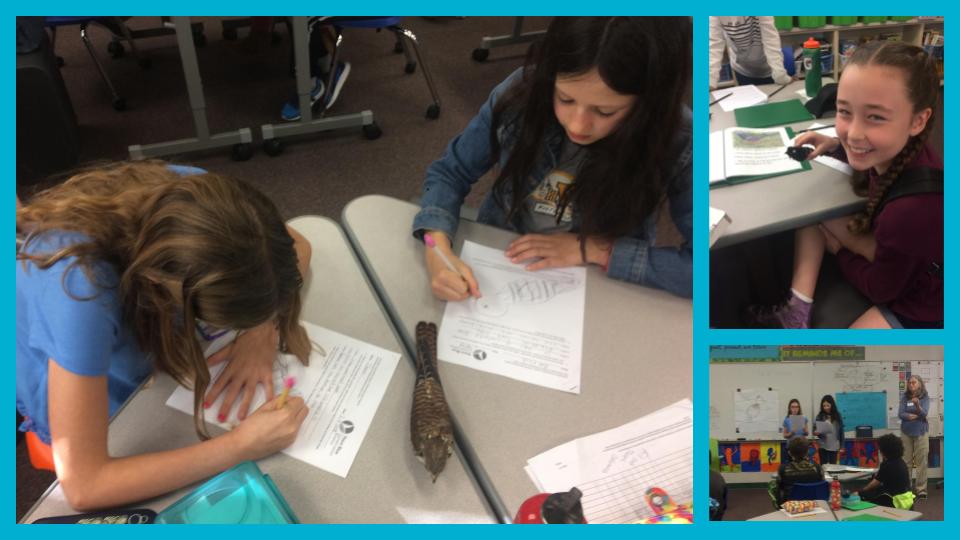
Instructors from STRAW also helped us dive deeper into learning about the structures and functions of the external parts of local birds.
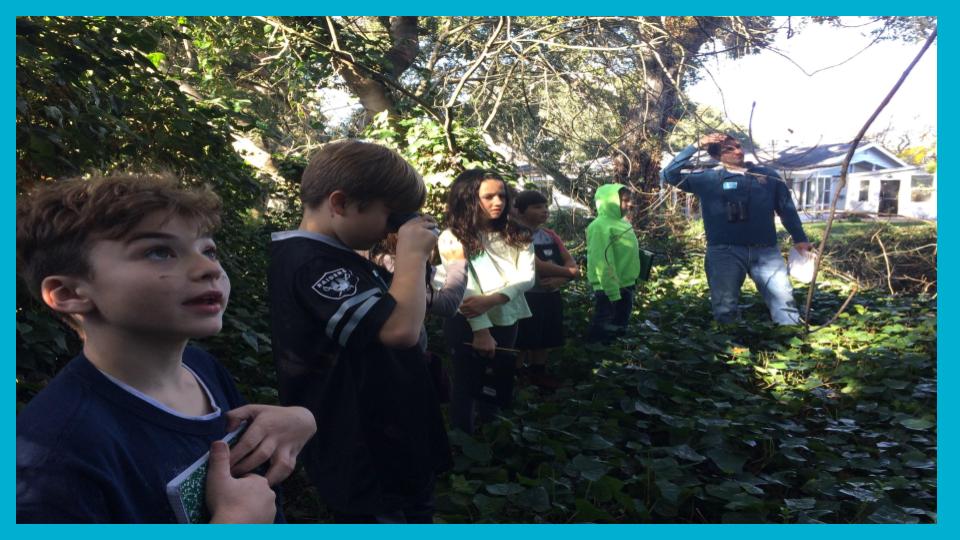
Parent and bird biologist, Jay Roberts, gave a presentation about the local birds that were observed during bioblitzes. He focused on how their internal and external structures help them survive.
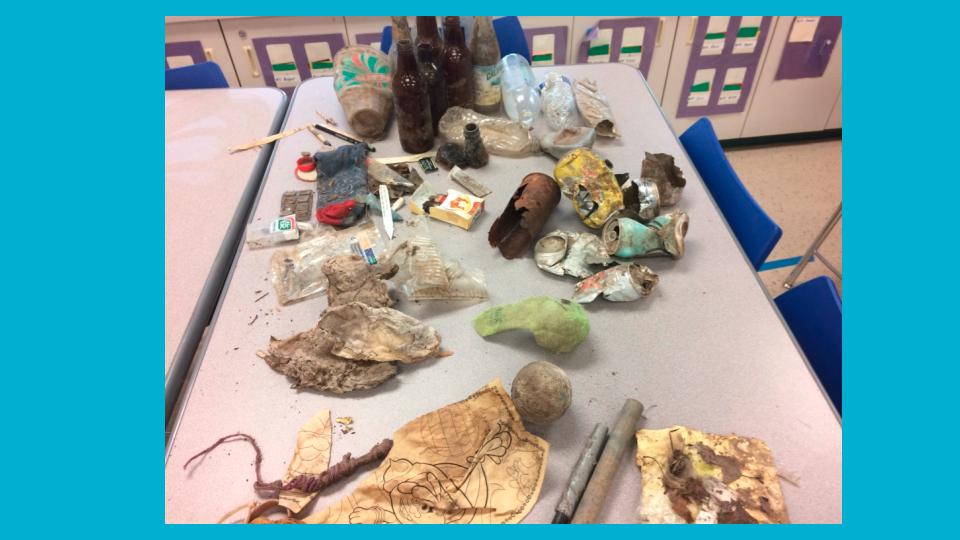
During our trips into the creek we were disappointed to see that people had left behind litter. We examined the garbage, categorized the types, and created a line plot to show what was found. We installed a garbage for visitors to use.
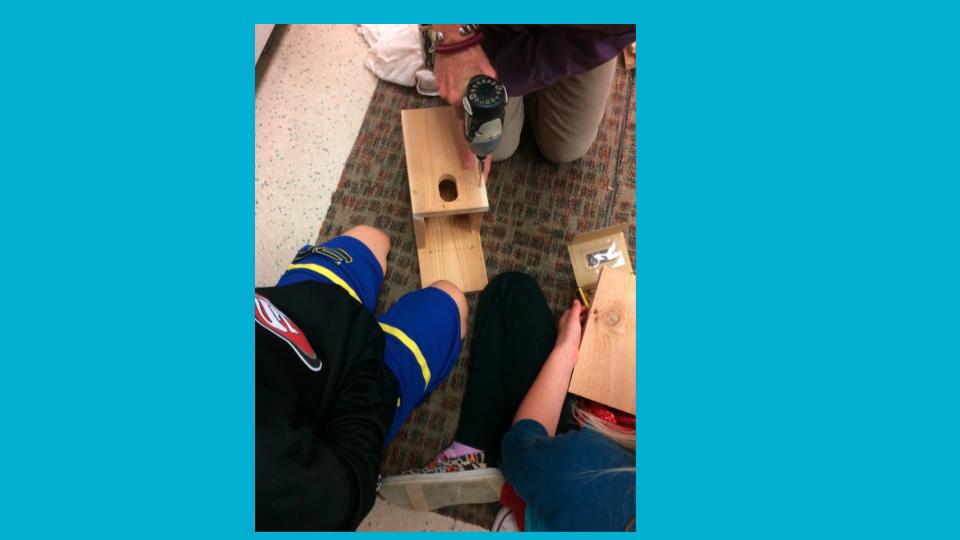
Part of our creek restoration work included the beginnings for a bird habitat in an area outside the back of our classroom. We installed a bird bath and four bird boxes. After the crab grass has been removed over the coming summer, next year’s fourth graders will plant plants that are beneficial for birds.
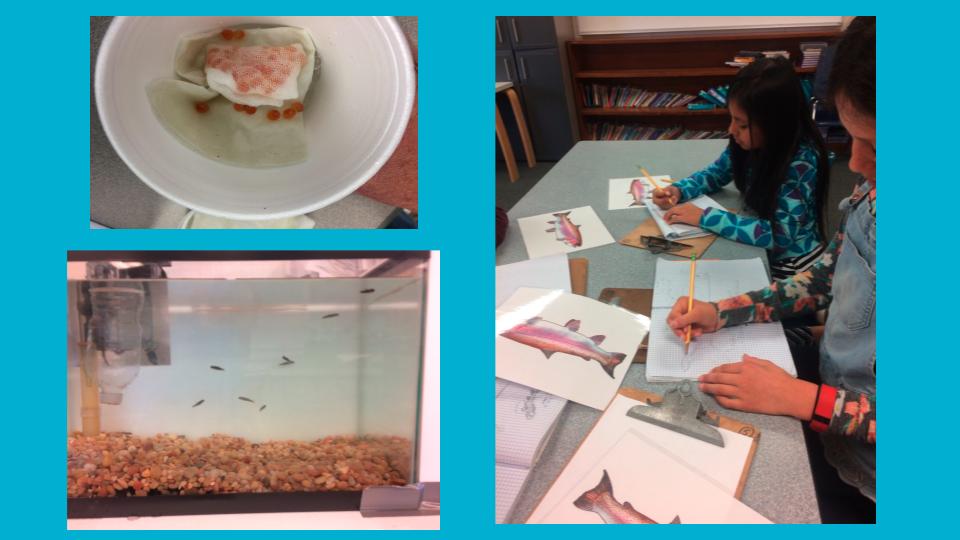
In April, we received 30 steelhead trout eggs to raise and to study. As we learned about the conditions they need to survive in creeks, it got us to thinking about a bigger question: With our help, could Thompson Creek ever support steelhead trout again in the future? The experts are telling us yes, so this is another driving question that will guide many McNear students to come! We will be releasing these steelhead fry back into the Russian River watershed this May 21st.
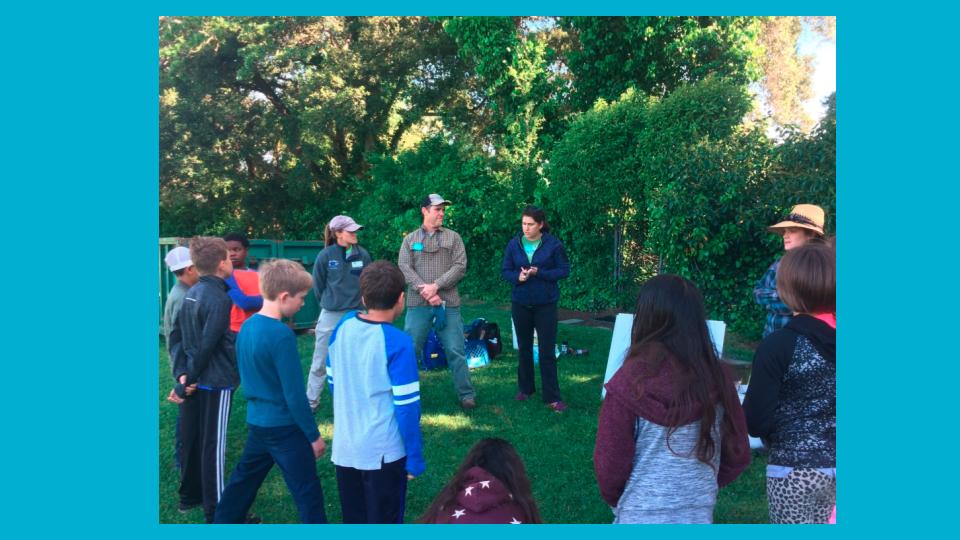
On May 10th, we did the first big push to remove some of the Swedish Ivy growing in the creek. With the help of the STRAW instructors, we removed about 9 cubic yards of Swedish Ivy. It was hard work, but now maybe some of the buckeye and oak trees that were trying to grow will have more room to do so. Next year’s fourth graders will keep working on removing invasive plants
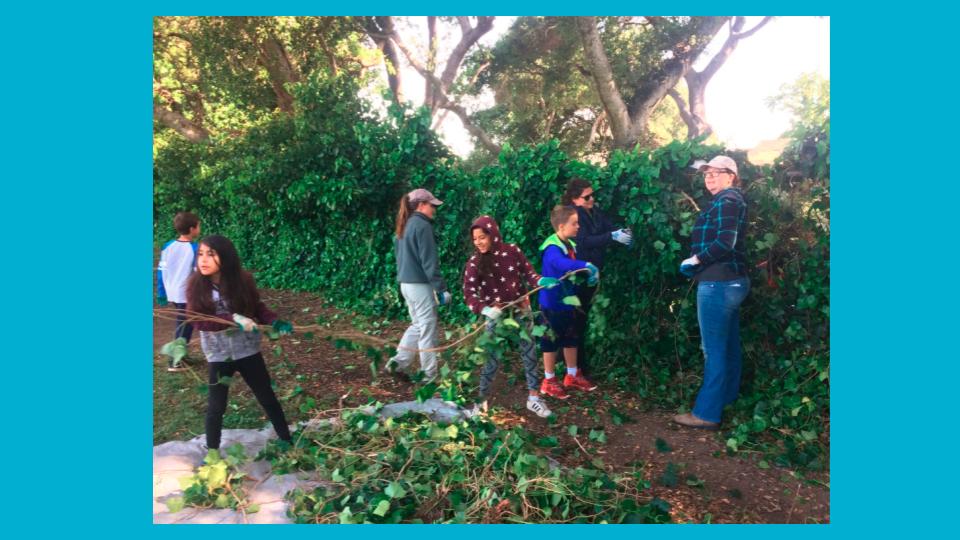
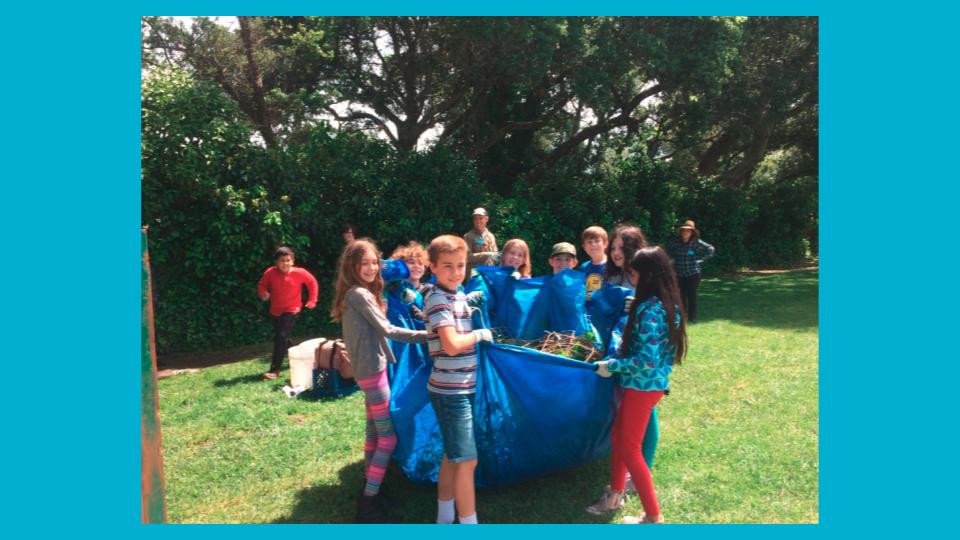
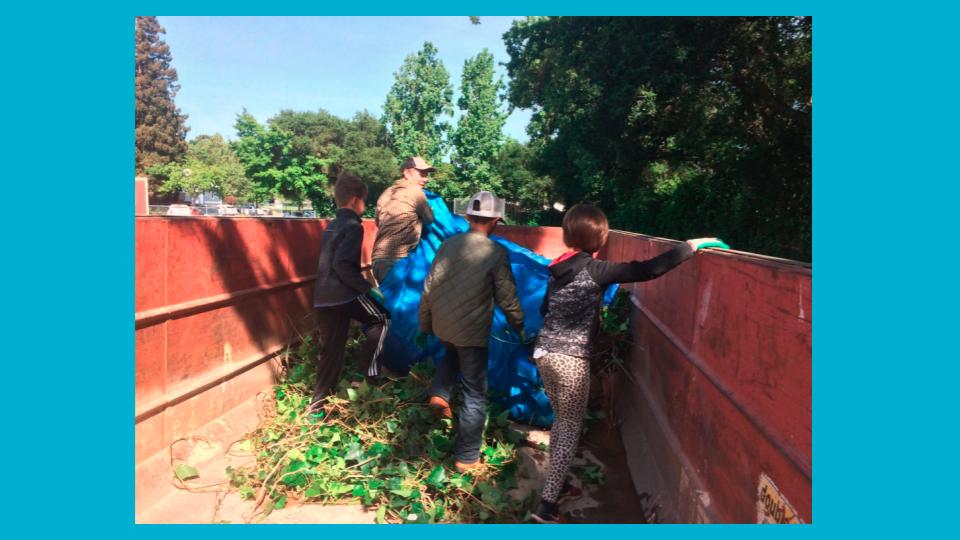
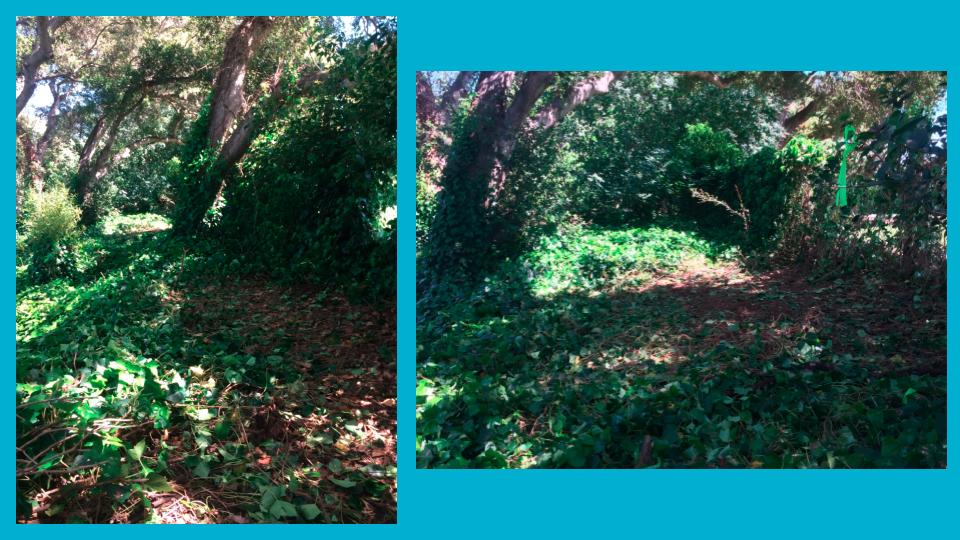
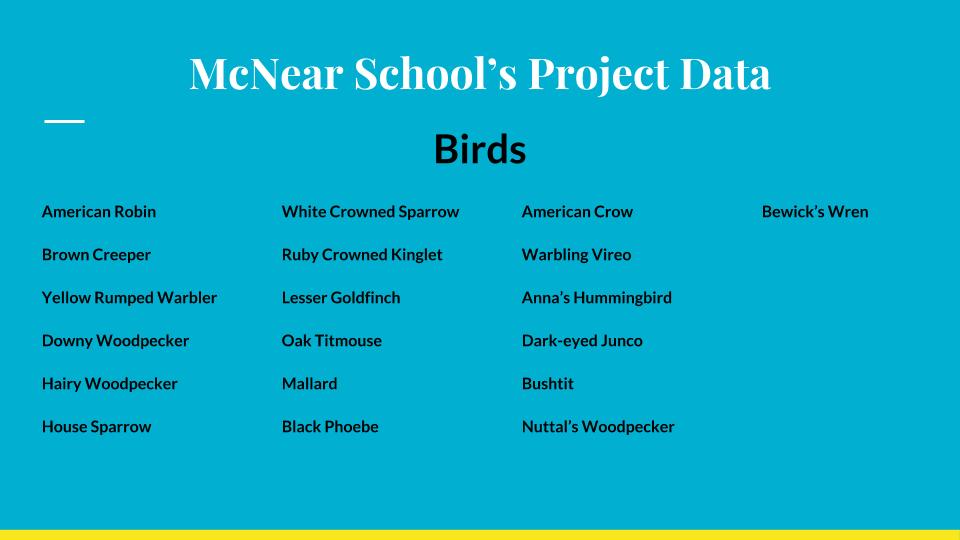
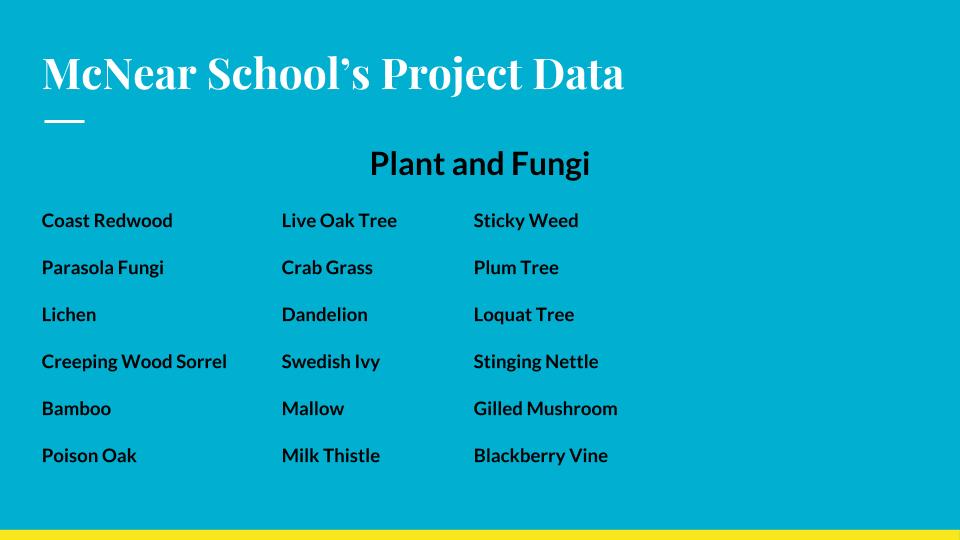
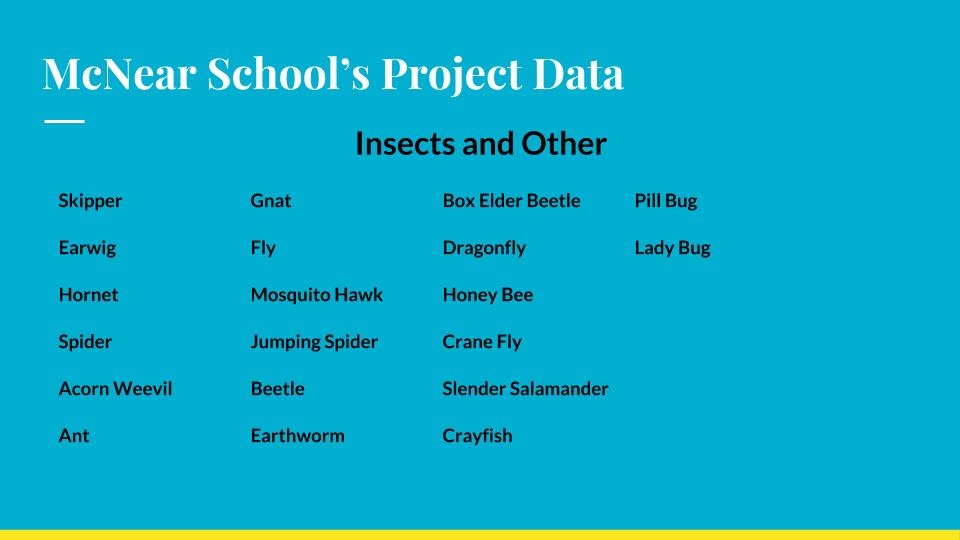
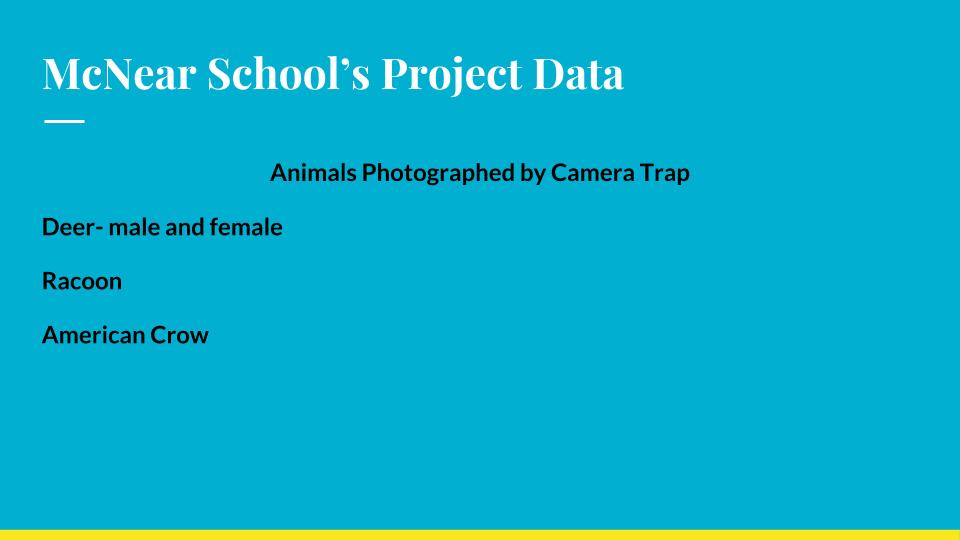
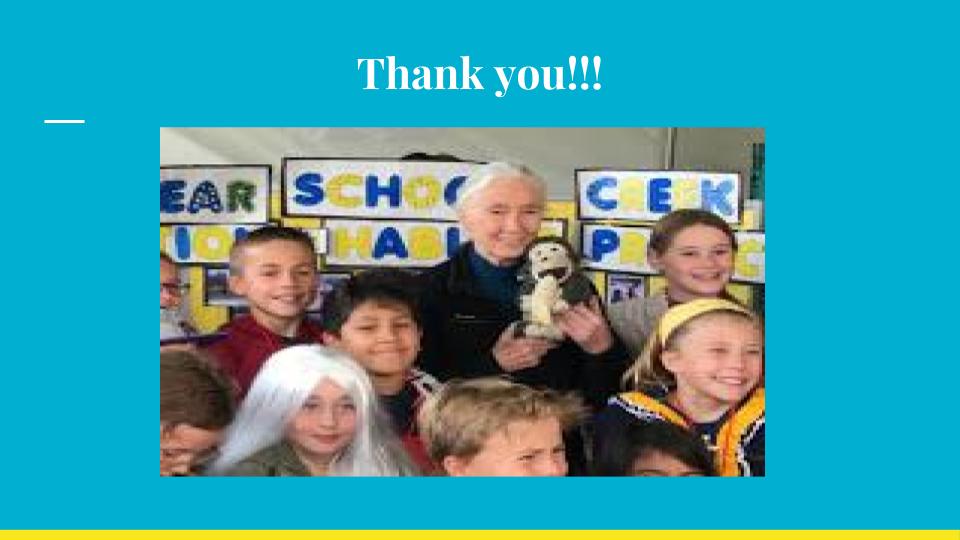
This concludes the McNear School Fourth Grade Creek and Bird Habitat Project presentation. To the Watershed Classroom, STRAW, NOAA, and Dr. Goodall, we appreciate the support, resources, and encouragement you have all given to help us be good stewards of our local watershed!
McNear 4th grade students created and shared this presentation on their experience as Watershed Stewards
